Danakil: Hamed Ela - Dallol - Erta Ale
This journey through colors revealed to me how vibrant the Earth truly is.
The Surface of Dallol
The glittering water ponds over the salt rock surface produce a visual effect reminiscent of a desktop wallpaper.
It’s nearly a sleepless night, anyhow I still needed to get up early for sunrise appreciation at Hamed Ela, then departed for Dallol in the morning. Dallol is known for its extreme climate, making it only suitable for visits in the morning or evening. Of course I also set my mind to harvest plenty of beautiful photos in this one-of-a-kind land.
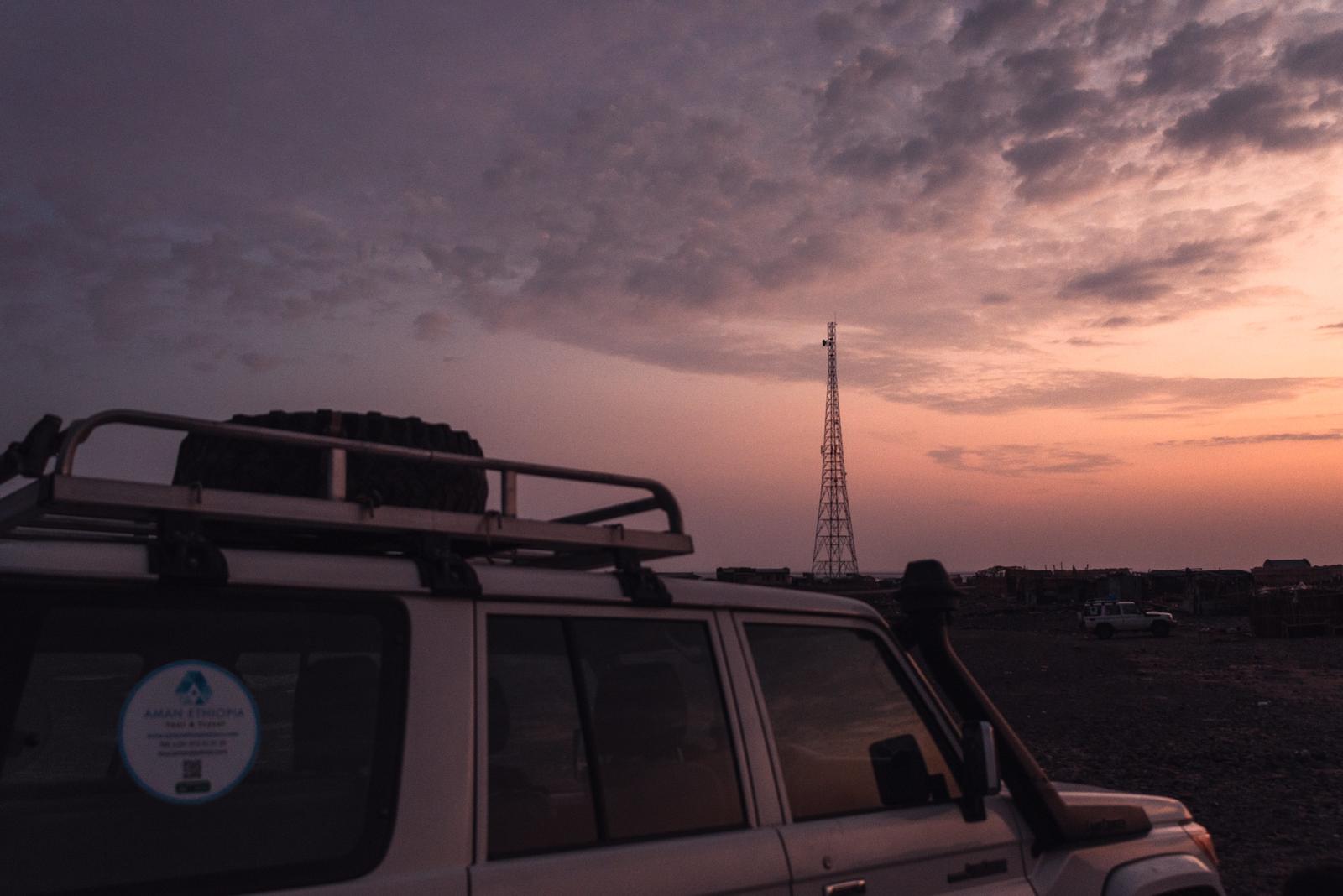
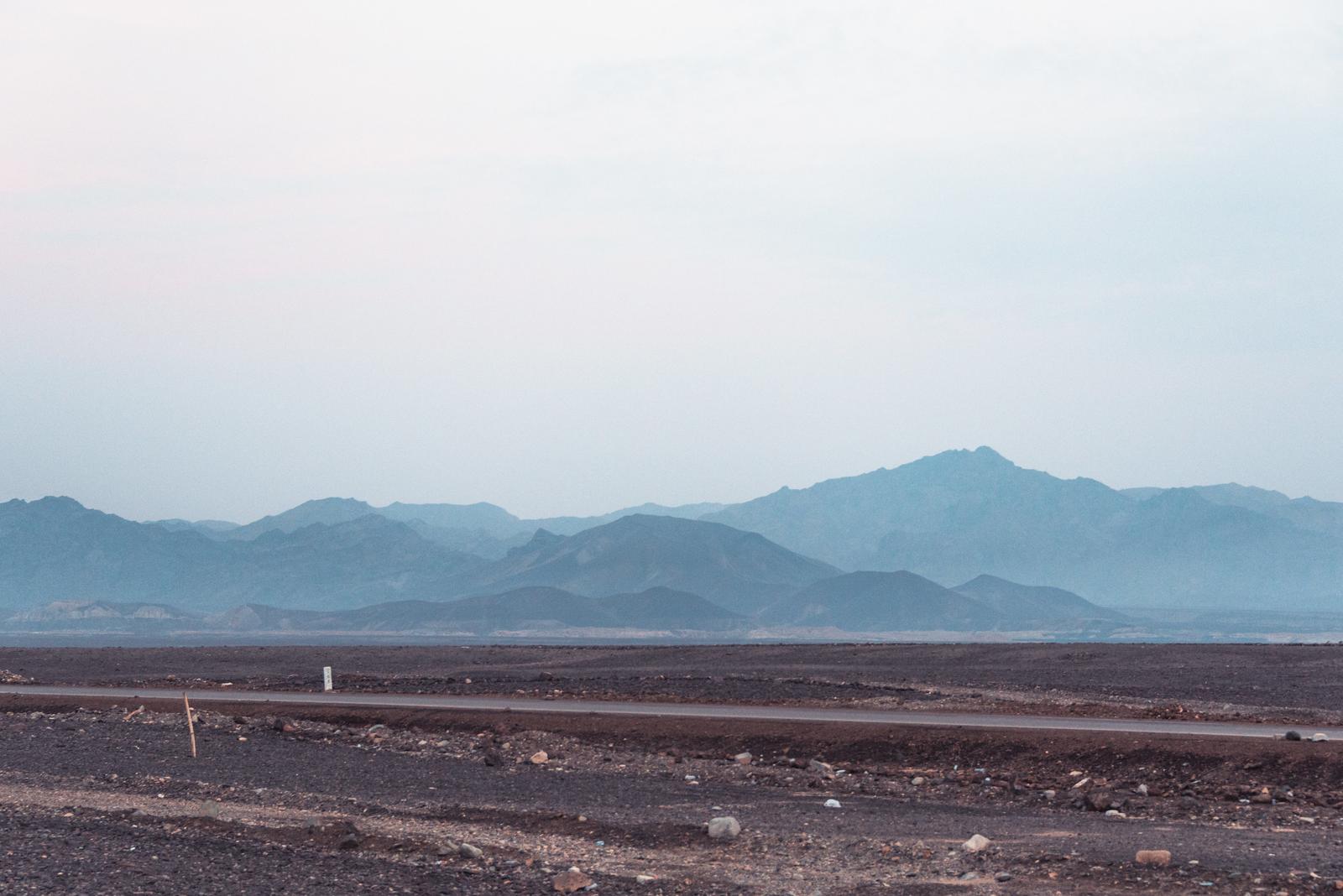
That morning I could only manage a rough-and-ready hygiene routine under the dim light from the phone’s LED, and being really careful not to taint myself. By the way, the sunrise time here was much more pleasant than the rest of the day, so an early wake-up was not bad at all.
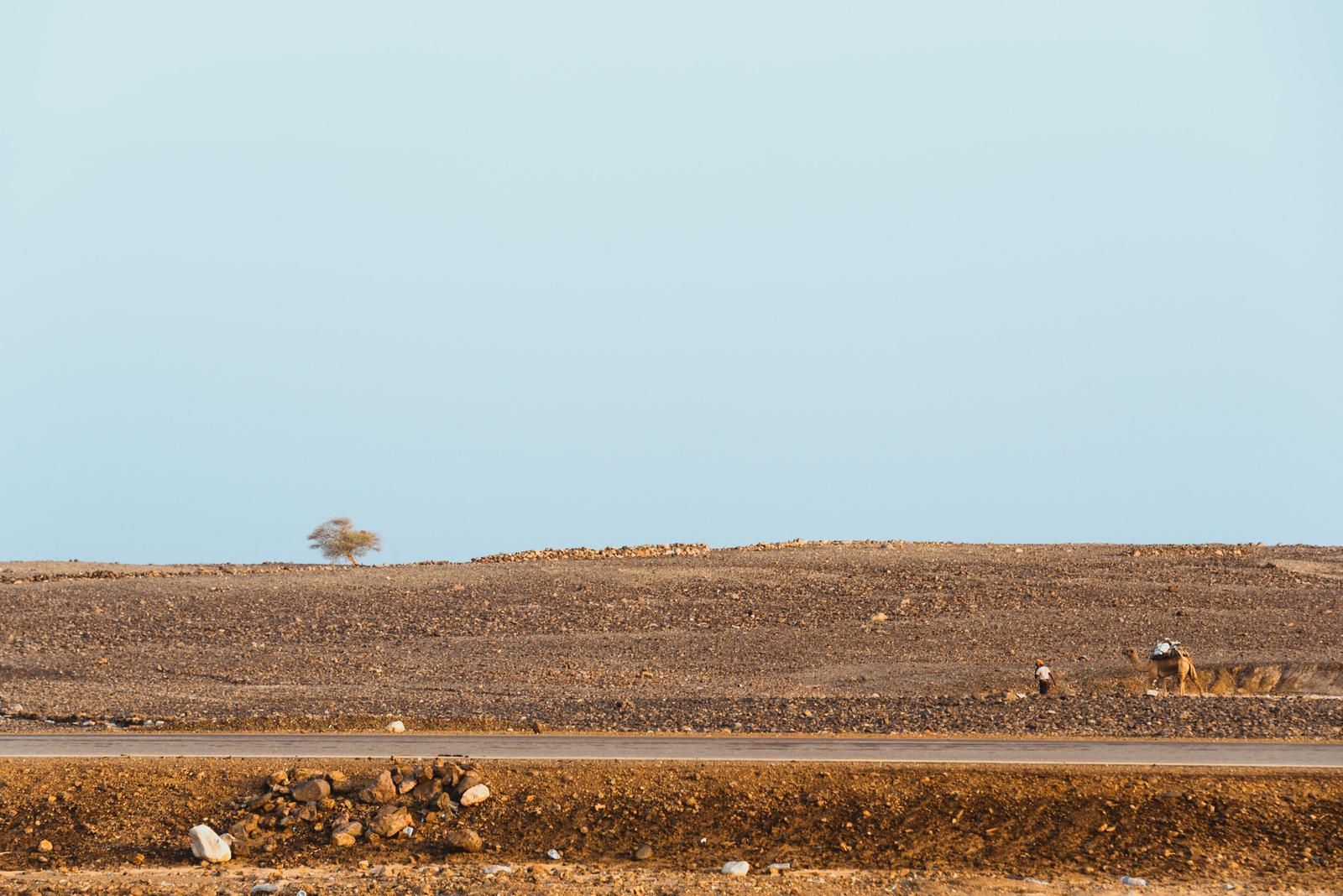
After a simple breakfast with bread, fruit jam and coffee mixed with low-grade powdered milk, we’re all set and ready to go. The driver had some difficulties with replacing the tires so our departure time was delayed slightly.

Heading towards Dallol

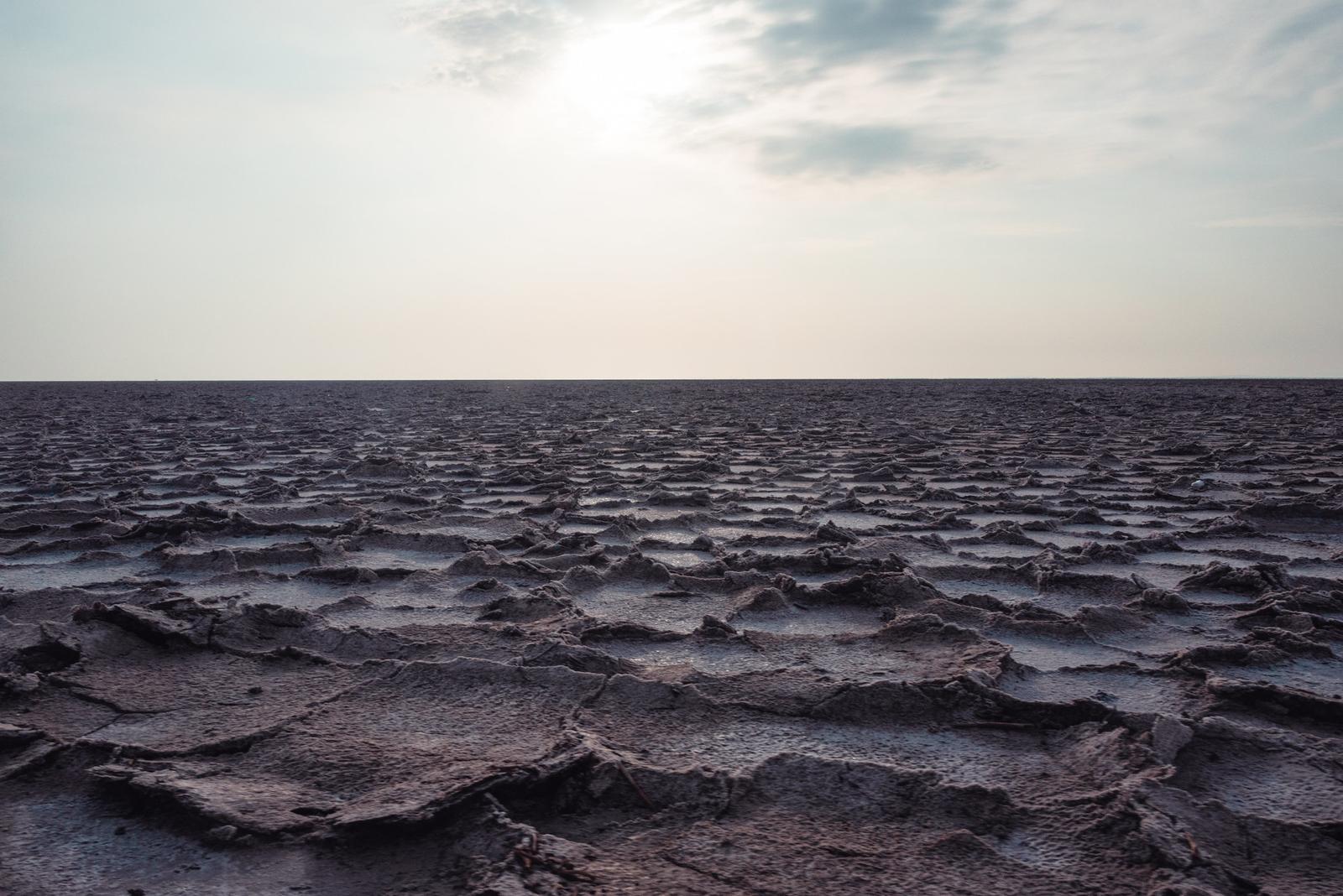
From Hamed Ela heading north crossing Lake Assale we would met Dallol. Lake Assale in the morning resembled an infinite mirror, and our van was cutting through the surface of that watery mirror.
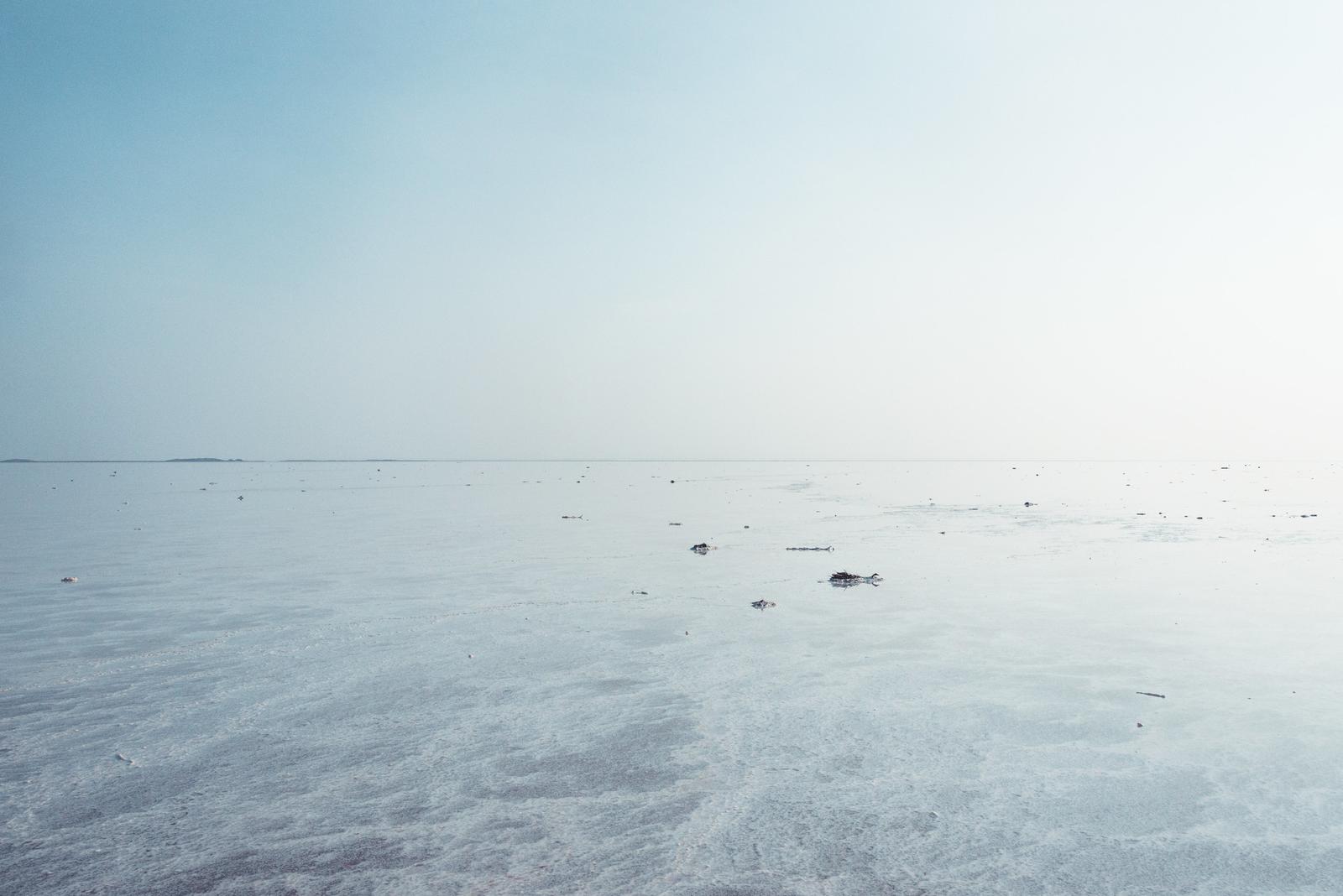

When noticing the colorful strips at the horizon, it’s a sign that you’re approaching Dallol, a vibrant land created by geological activities. This is the place with highest average temperature in the world where exists inhabitants.

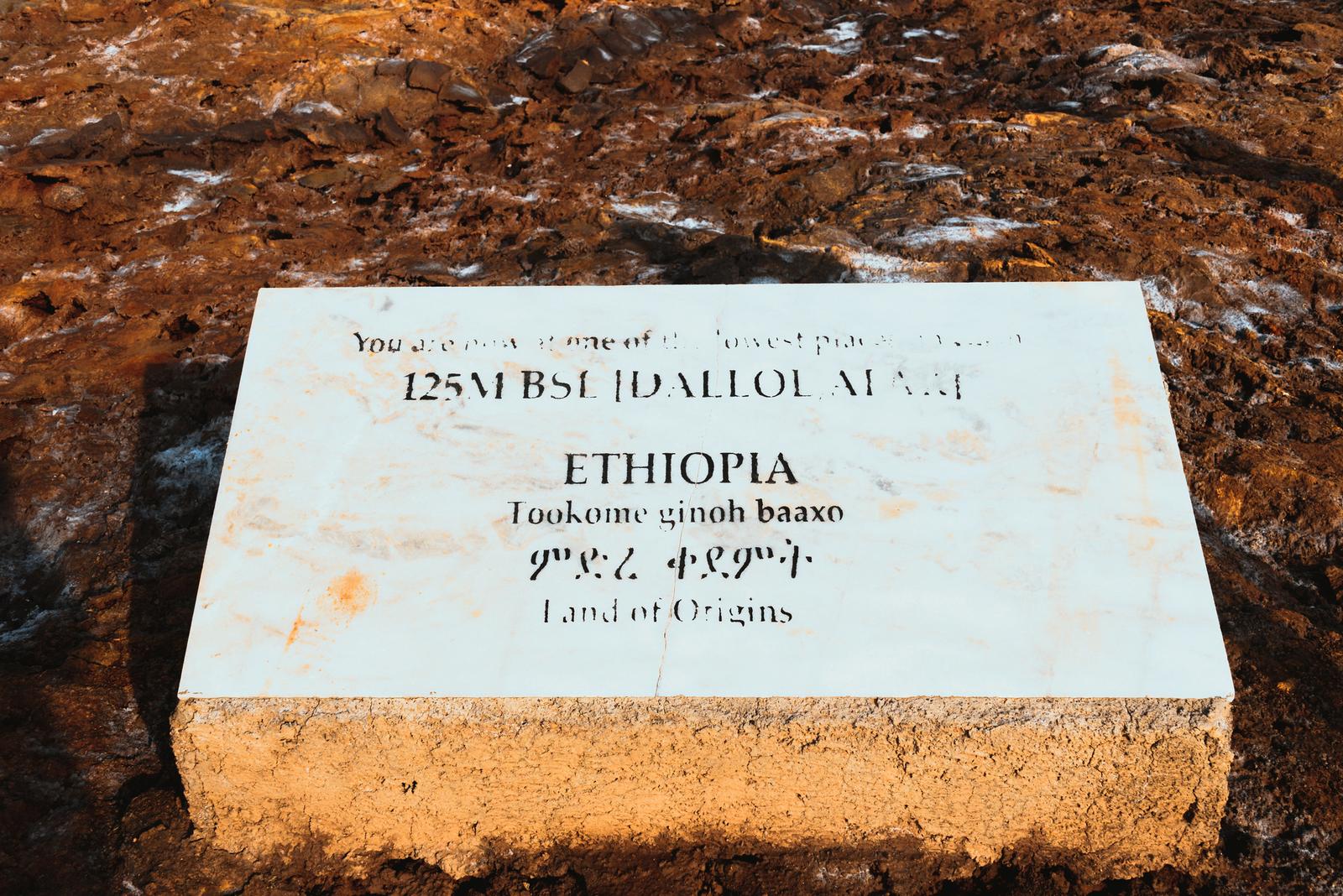
Upon setting foot in this location, you find yourself standing at an elevation of 130m below sea level. Calling it an end of the world isn’t an exaggeration, as there’re no living creatures surviving in this environment of extreme conditions: super hot climate, acidic water with pH < 0 and intense level of salinity.
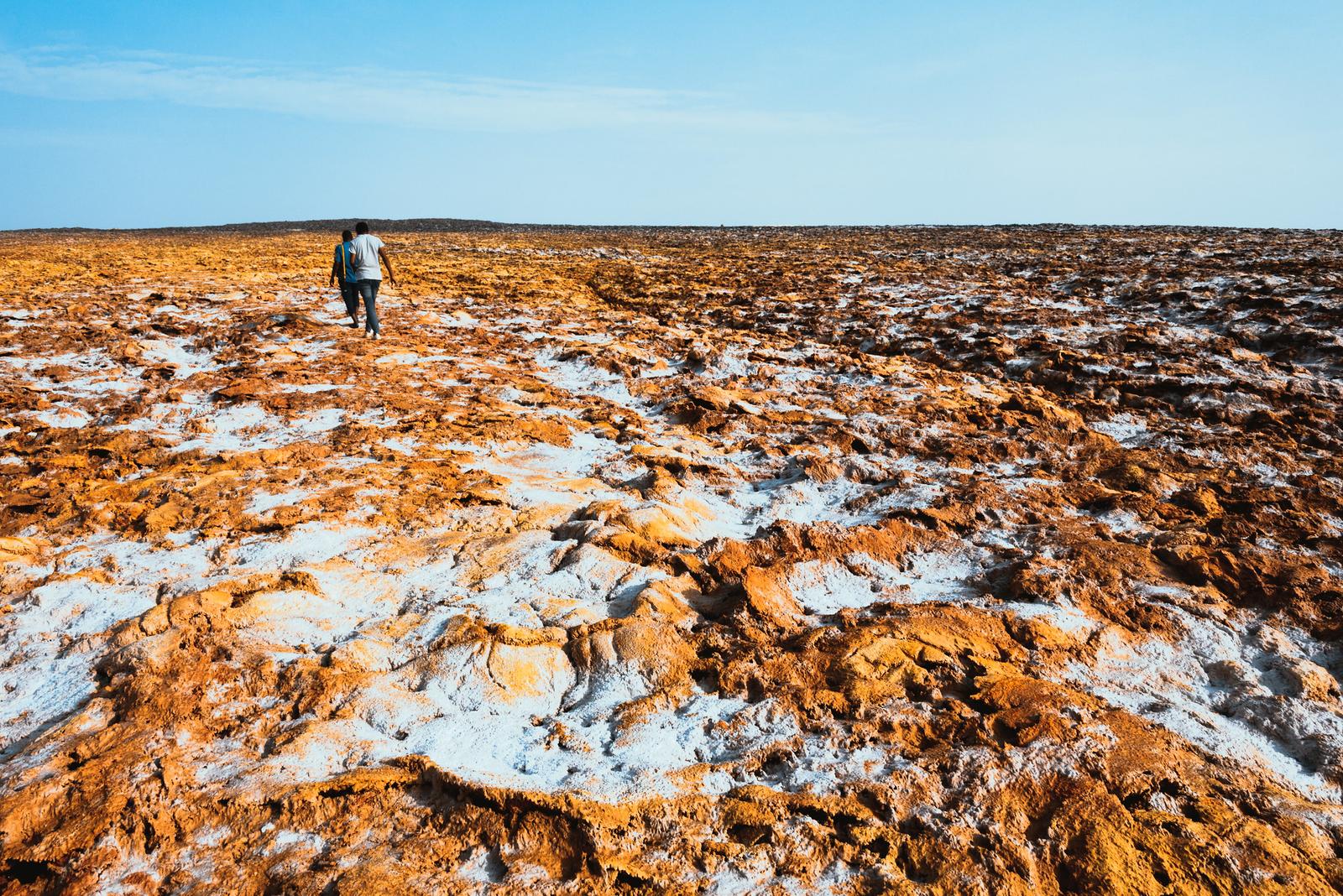
The Feast of Colors
Only after enduring an unavoidable uphill walk for 30 minutes under the scorching sun that I could reach the most beautiful spot frequently featured in the travel magazines. Before starting the journey, our driver had cautioned everyone to bring along big water bottles and face masks, because the body would be constantly dehydrated whereas the air was toxic particularly due to sulfurous gas.
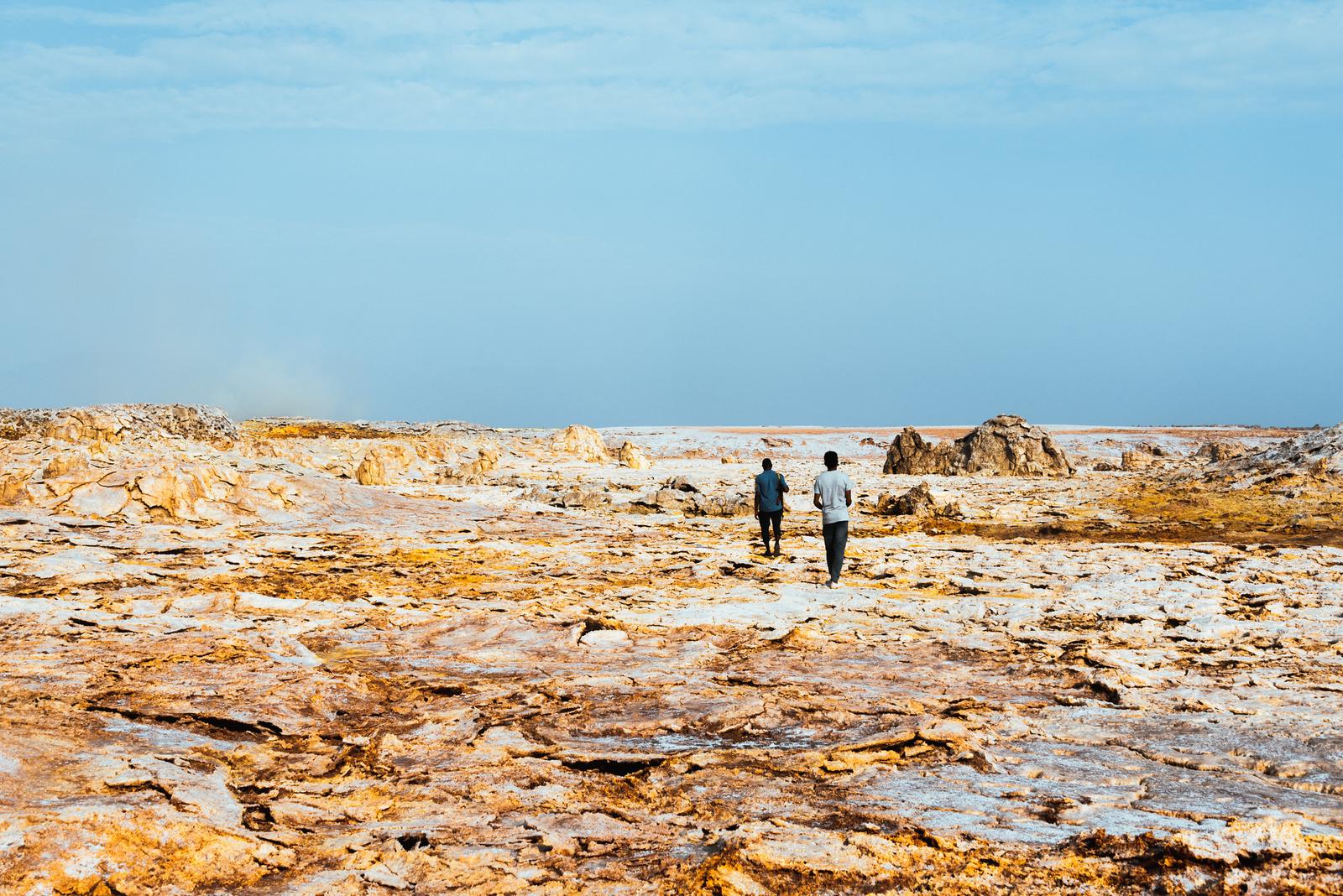
Above the terrain then stood an array of unique, bizarre shapes: the homogenous pointy cone-shaped or mushroom-shaped rocks, the coral-like clusters on the ground. These formations didn’t emerge simultaneously, but they were showcased more and more peculiarly as we ascended.


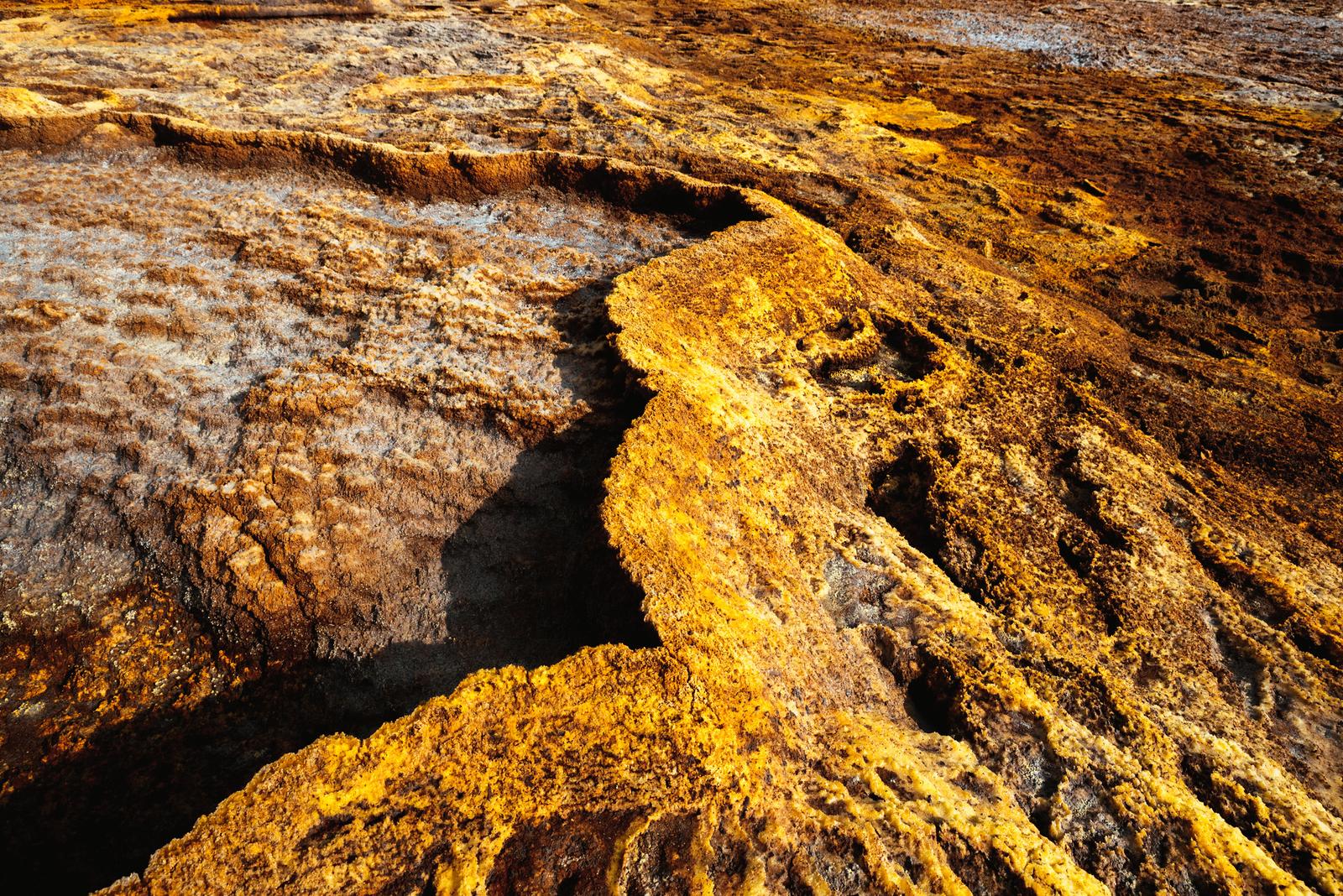
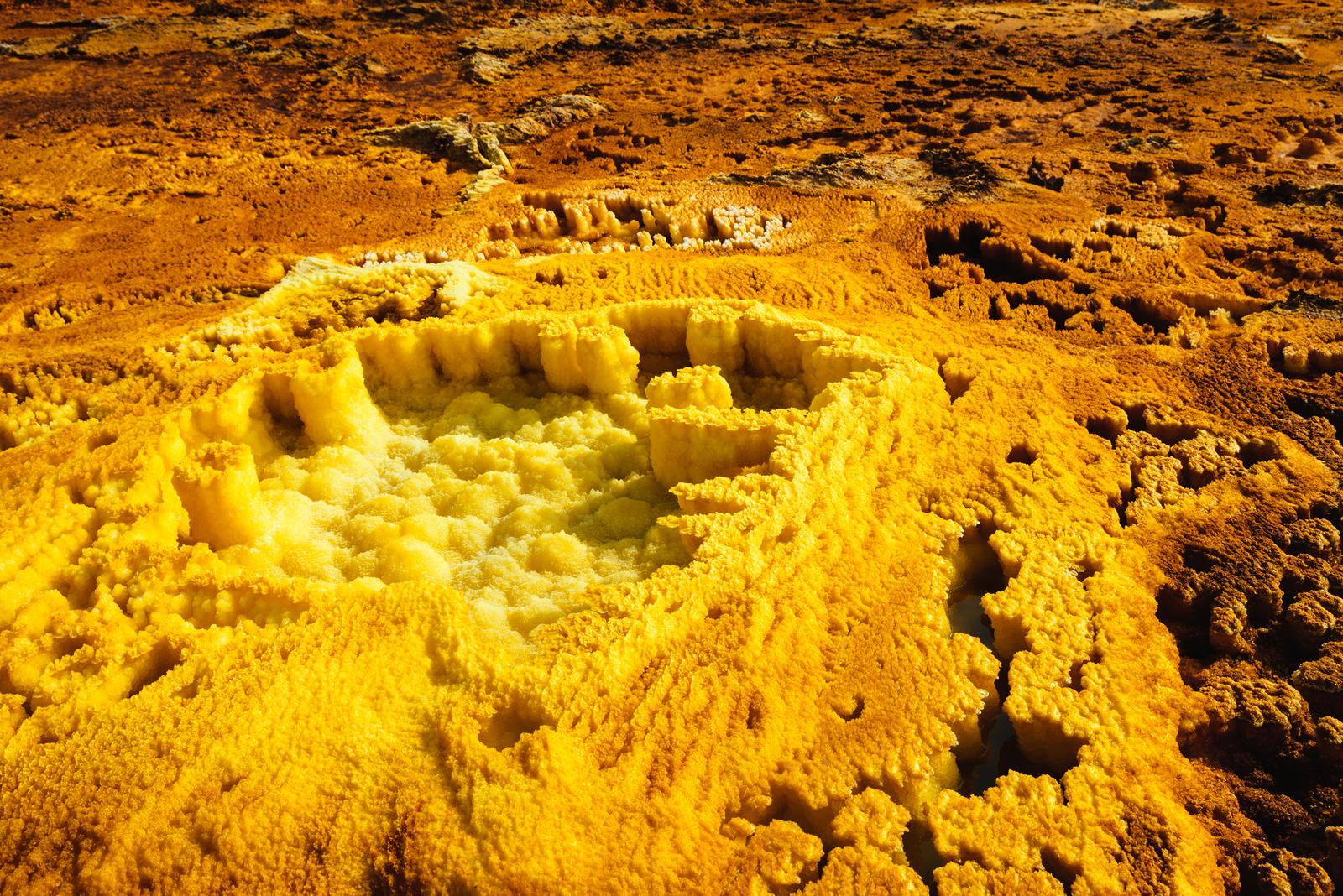

Of course no single term could describe everyone’s feeling at that moment: ‘fascinated’ or ‘astonished’ seemed inadequate. The simultaneous emergence of vivid hues in nature at a time other than sunset, was a one-in-a-million wonder.
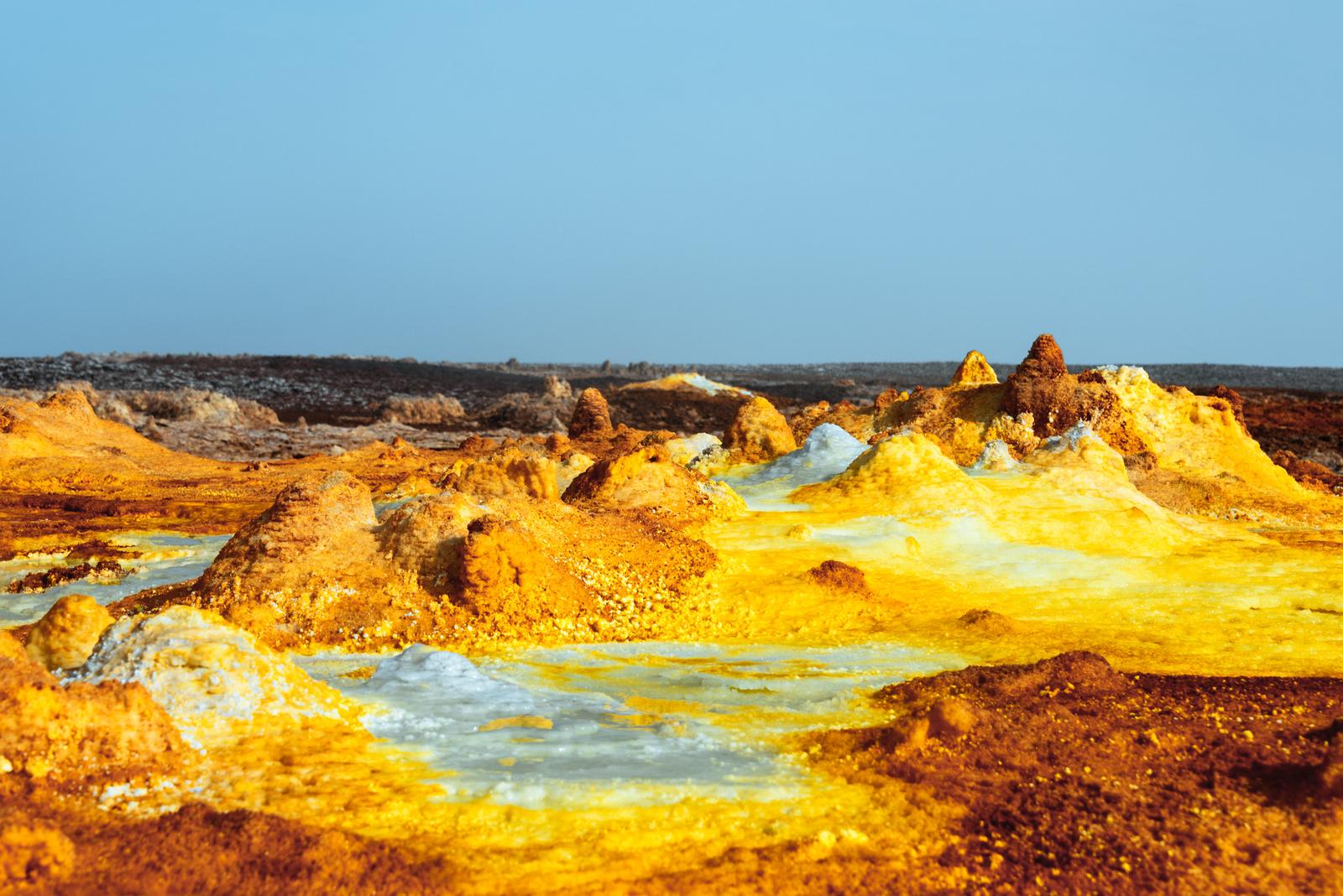

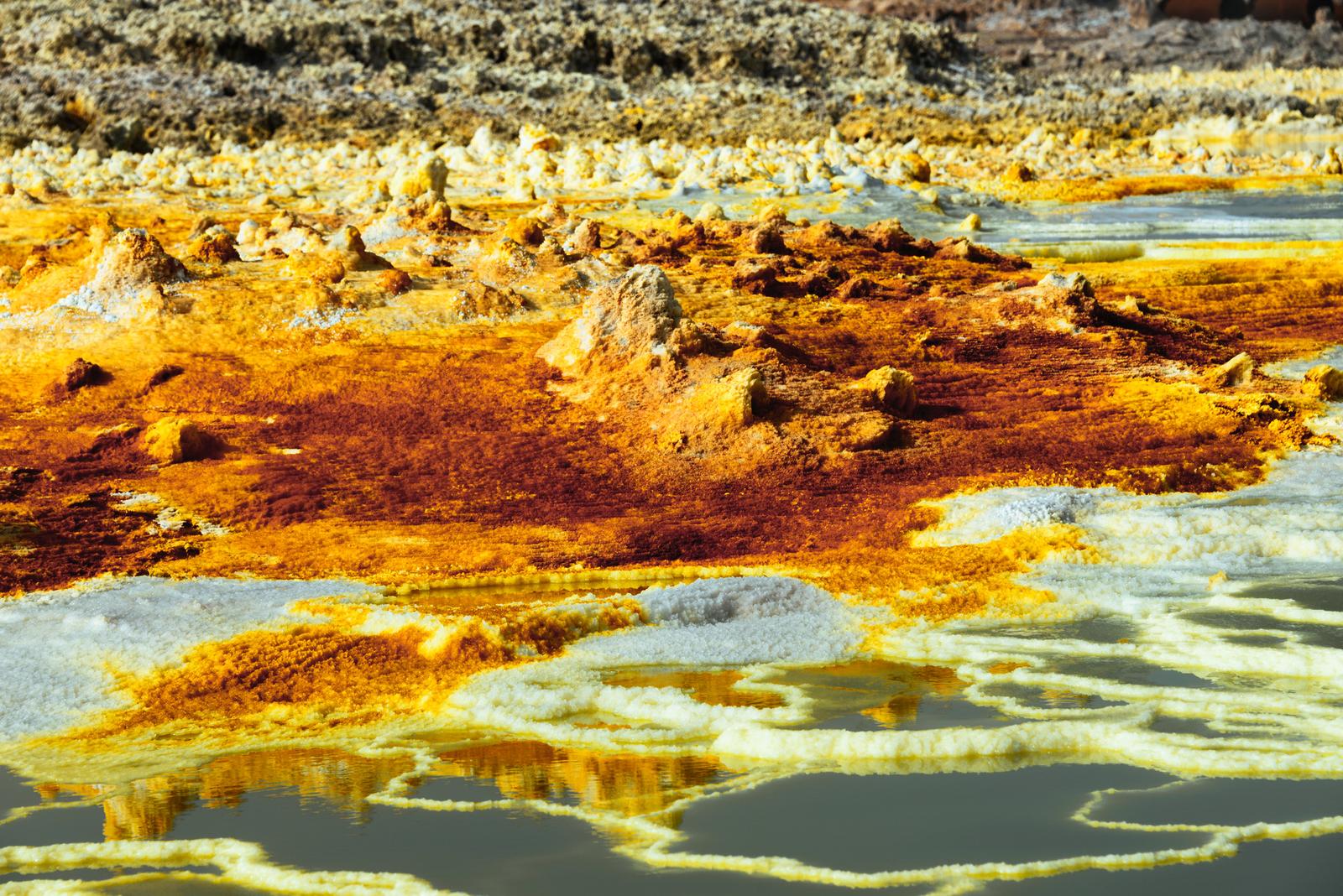
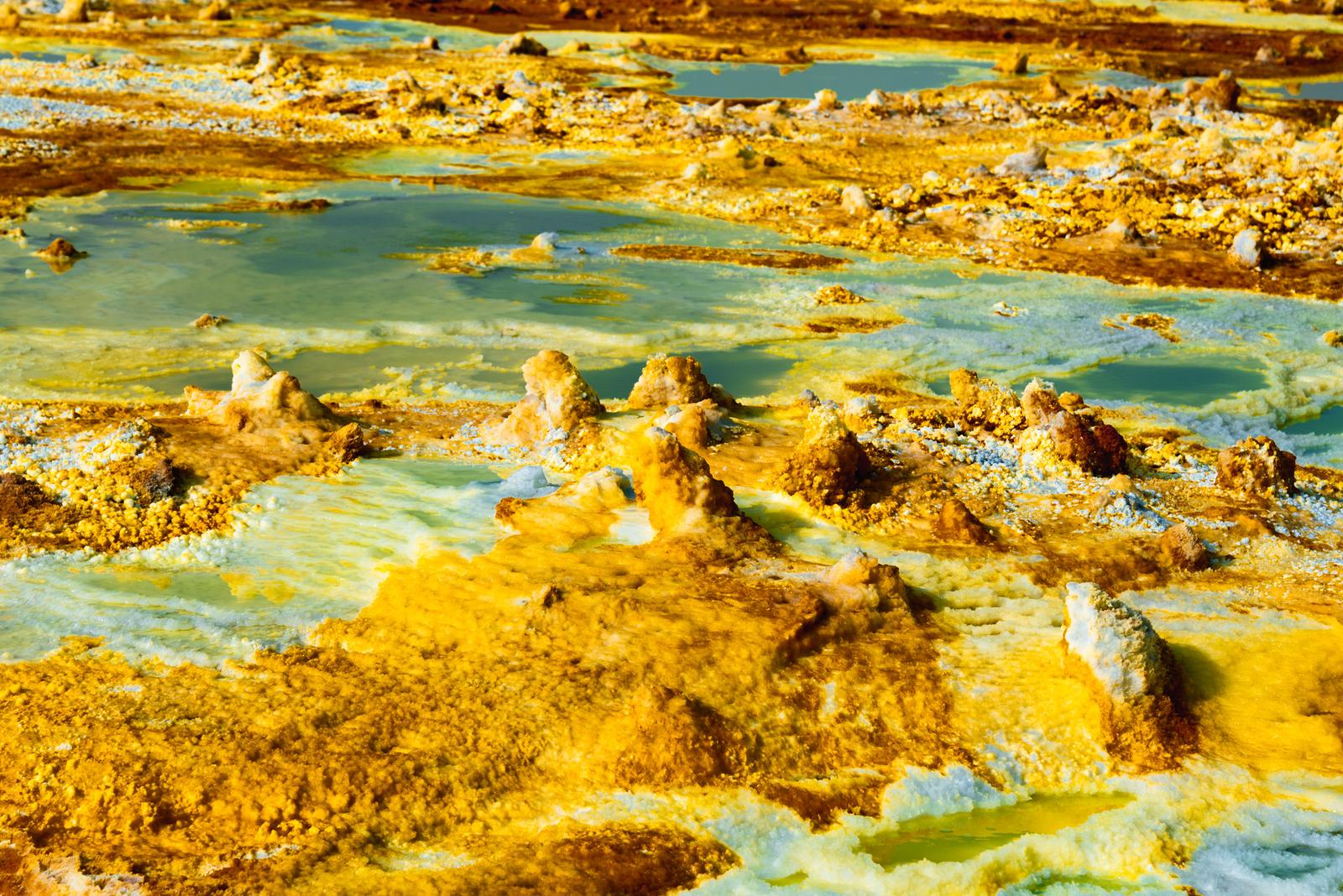
These hues owe their existence to the interaction between geysers and metallic minerals (iron, manganese, zinc etc.) in the ground, under high temperature climate condition. Those reactions happen continuously, creating an ever-changing landscape, so calling it Earth’s chemistry laboratory isn’t an overstatement. The scientists relate it to environmental conditions on ancient Mars, so that they can better understand the limits creatures deem as habitable.
Also, the colors there don’t have biological factors like algae or bacteria. The less vivid areas (brown) result from oxidization, which means they have been present before the green or yellow areas.

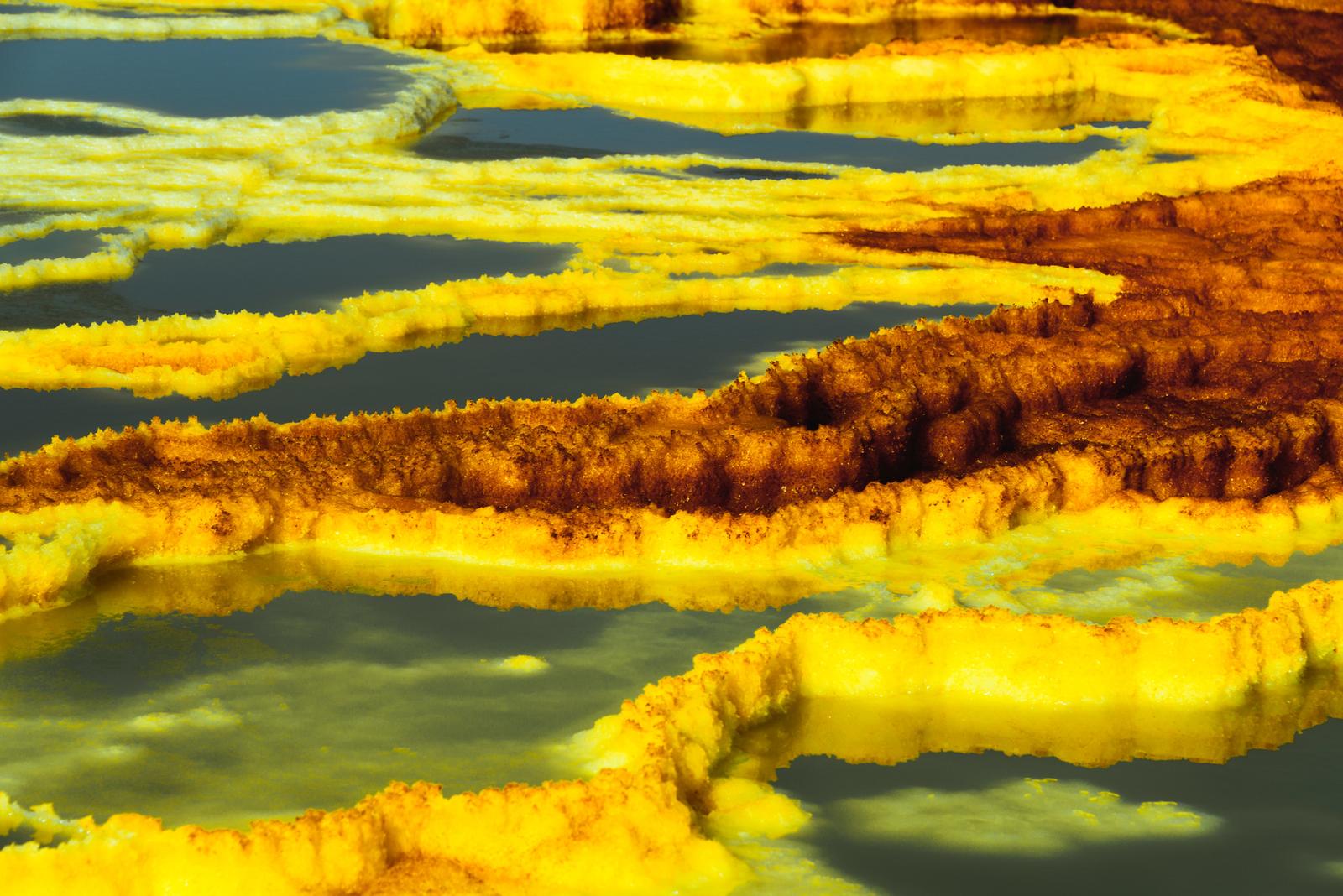
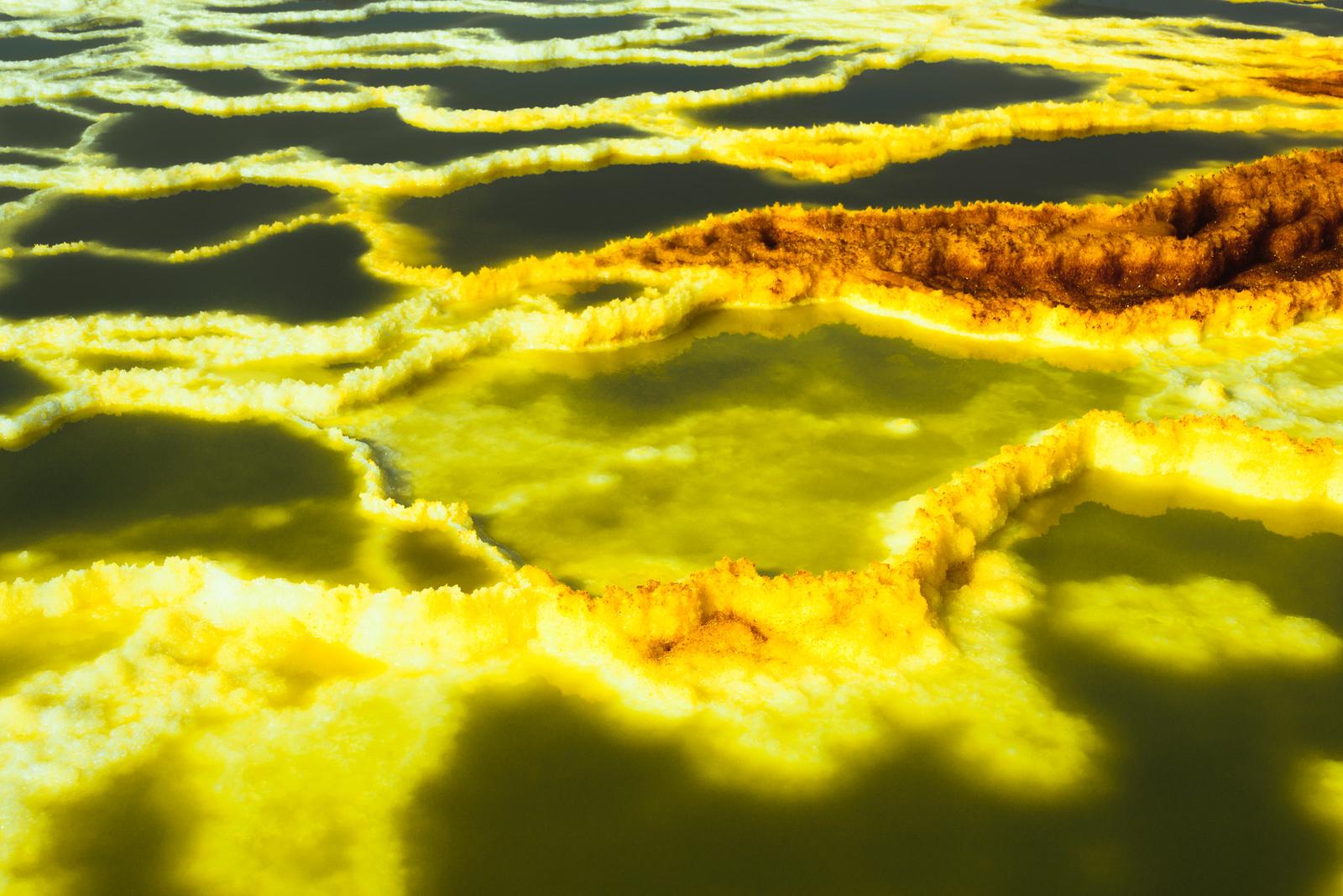
Sometimes we encountered deep blue hot water ponds with high acidity, which looked like topographical maps with layers of colored altitudes. In certain area the water was bubbling up, simmering and perpetually in motion.
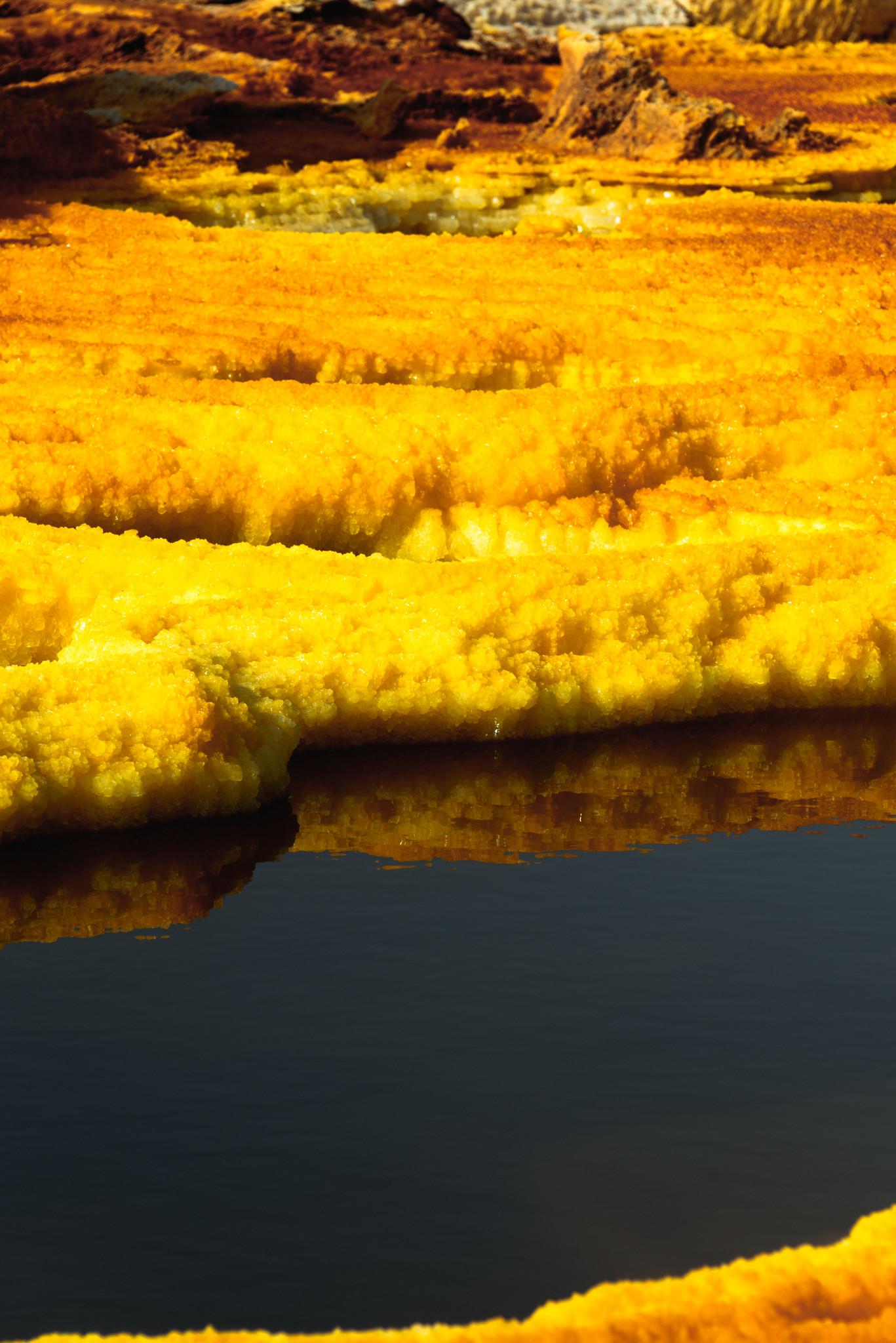
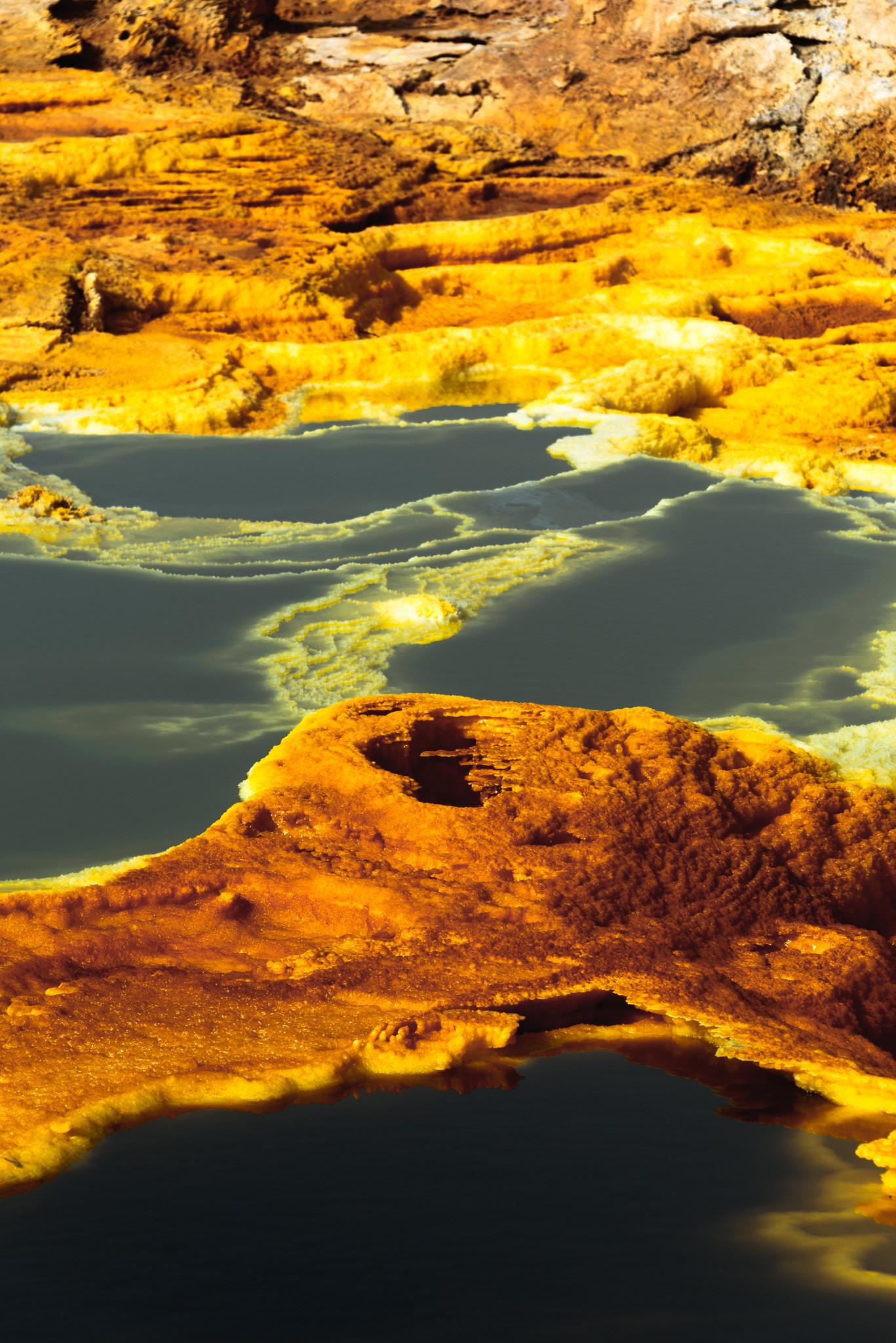

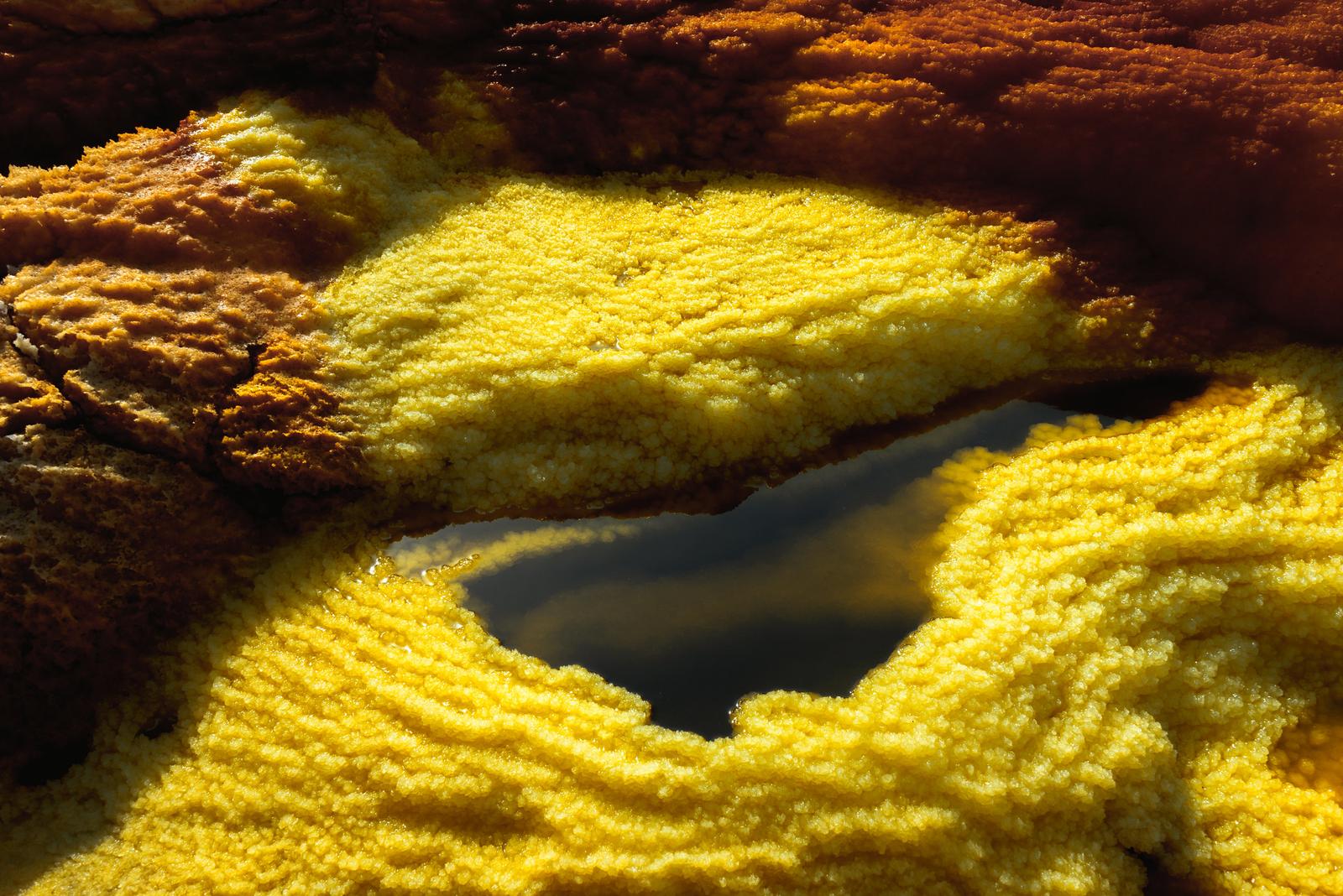
Through the long-focus lens, the rocky humps and salt mounds emerged amidst hot steam, resembling an otherworldly scenery.
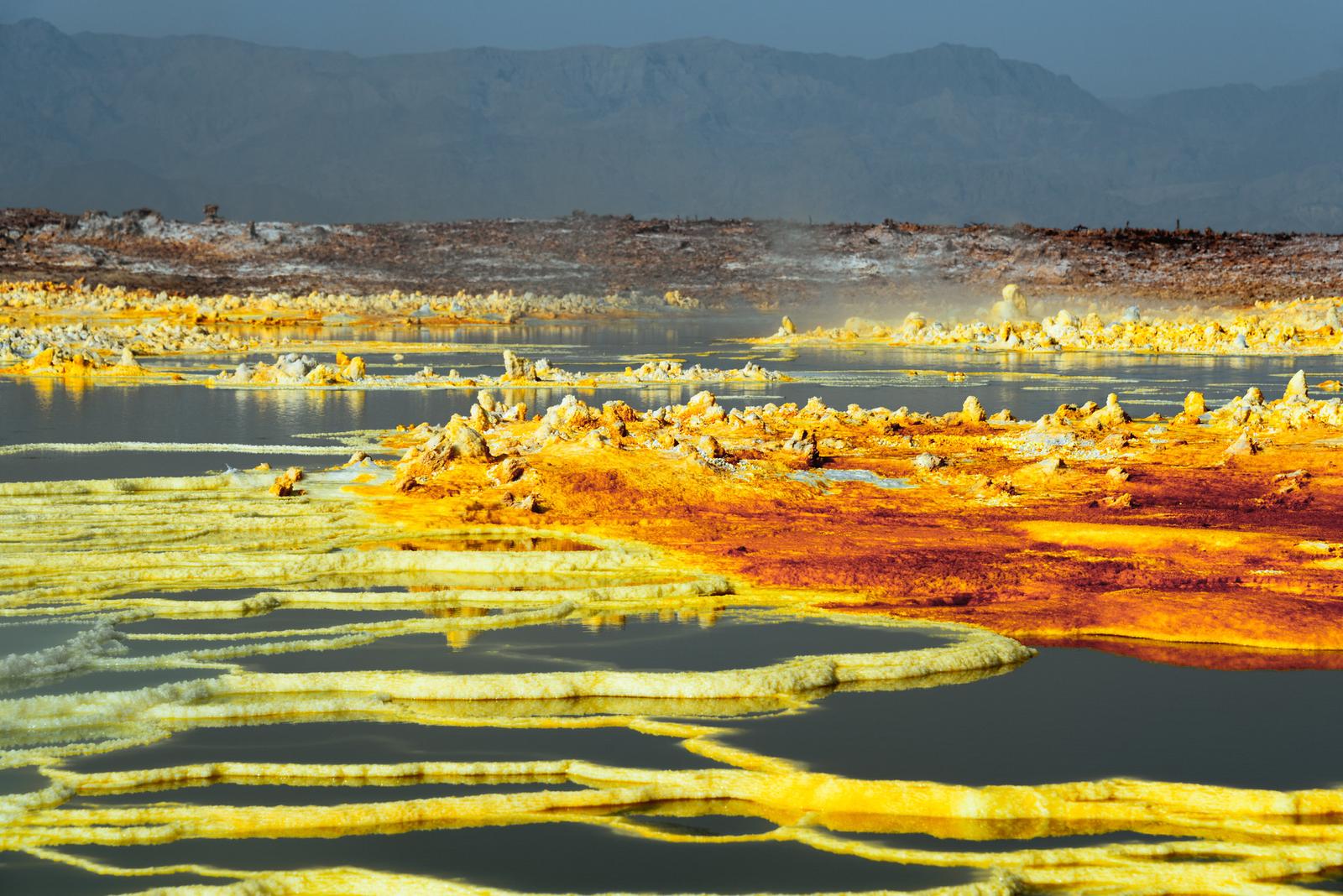

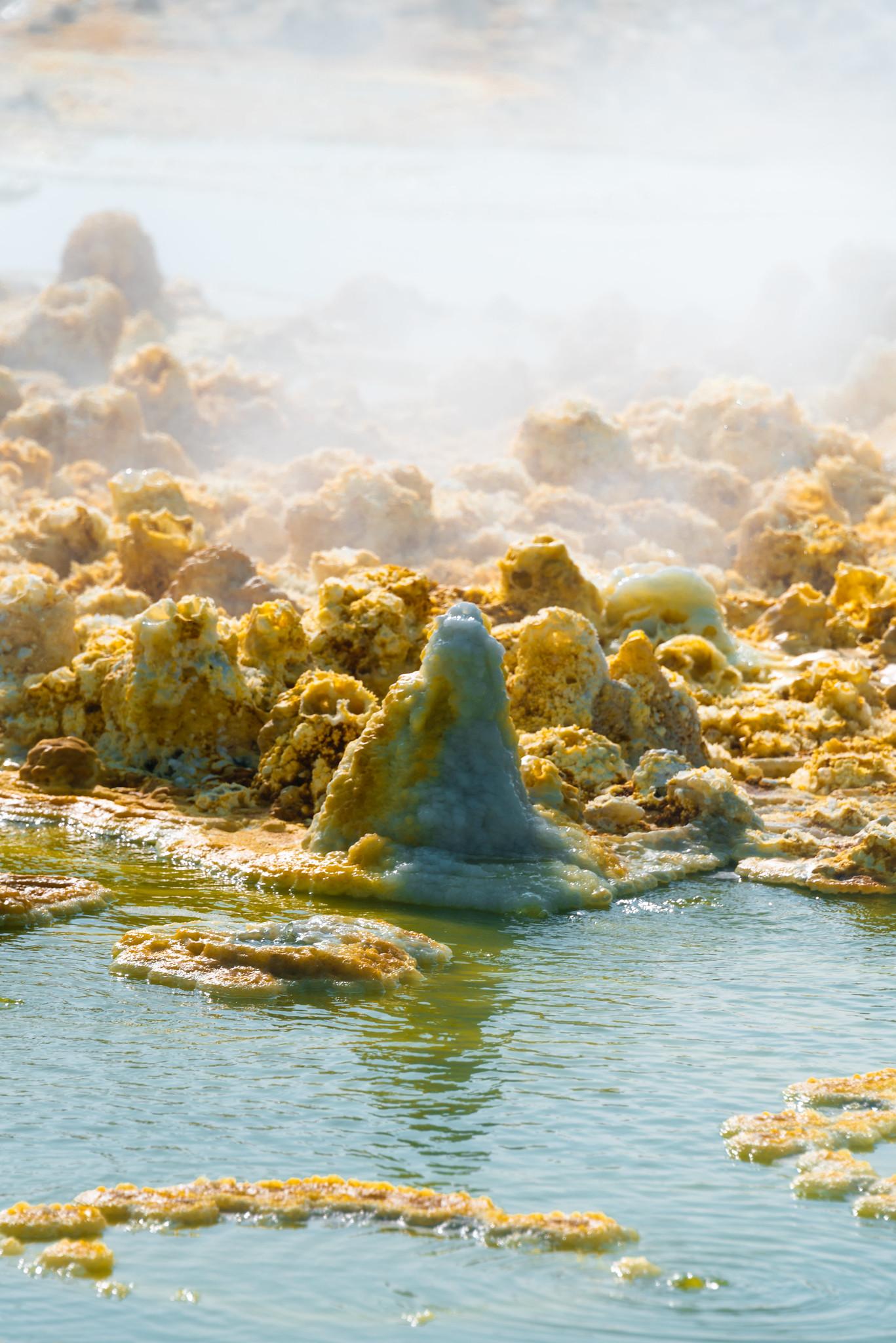
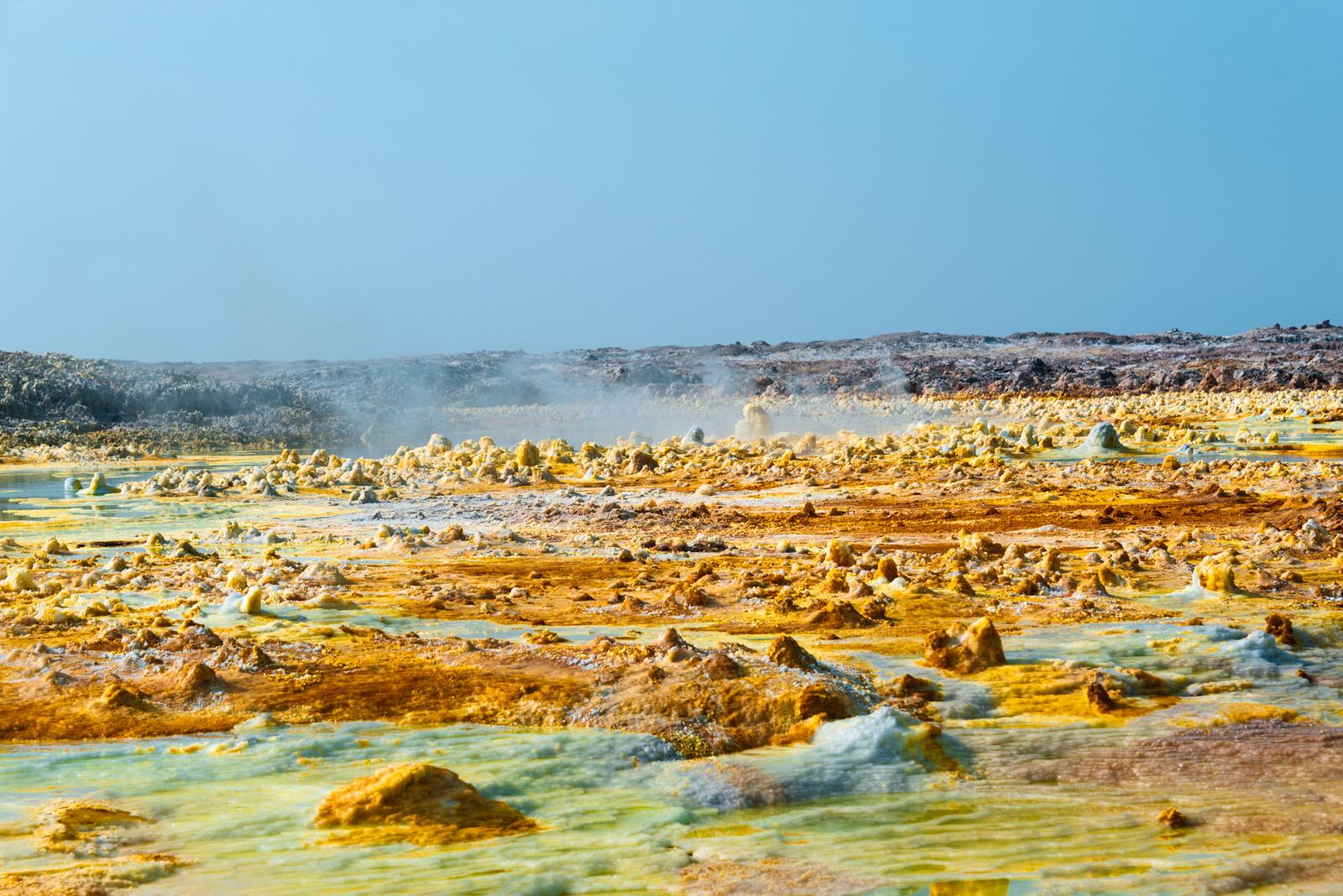
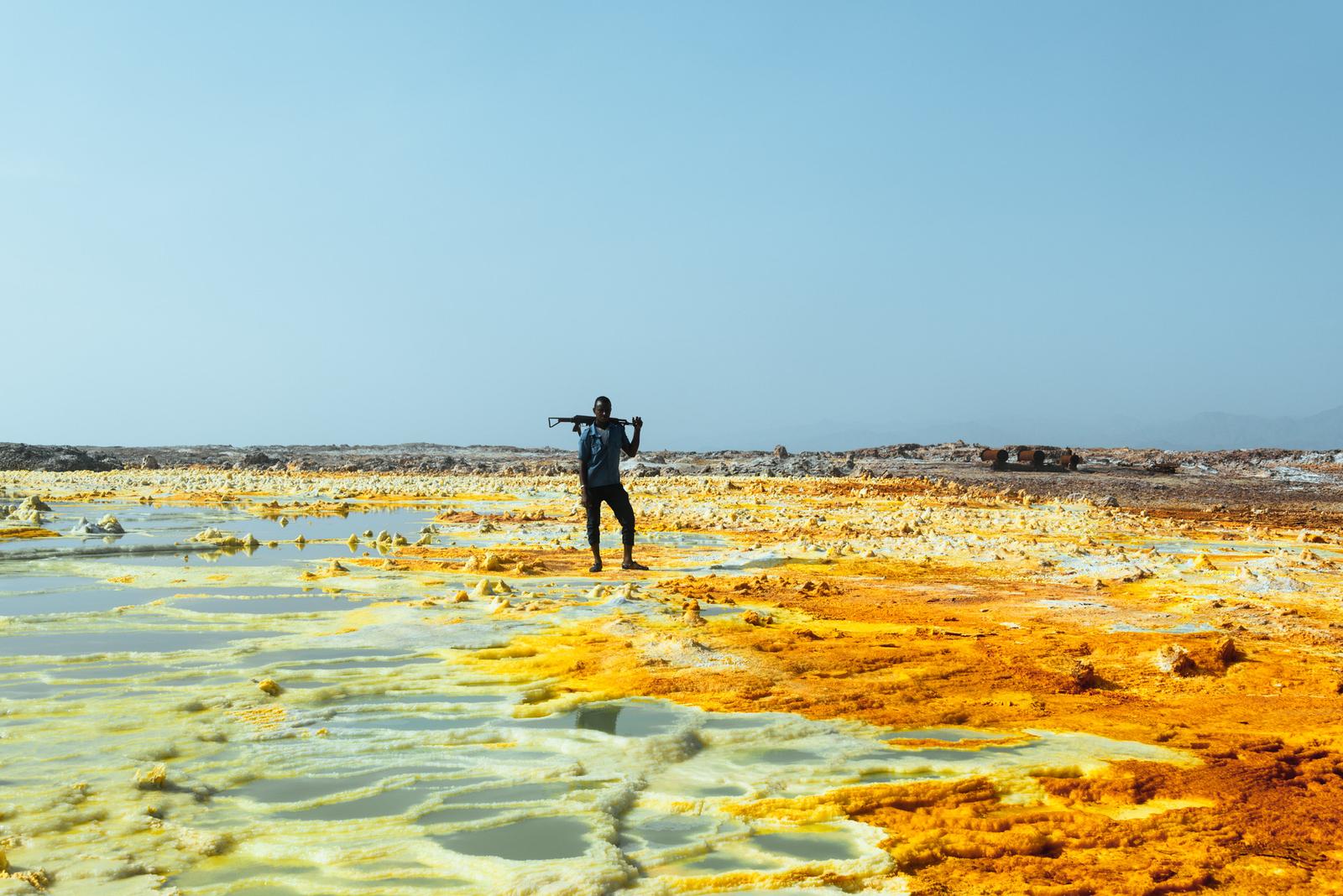
It’s 10am and the temperature had soared to nearly 40°C, so we had to hurry back to the van. Despite the downhill walk, the intense sun illuminated the brilliant ground, which quickly dehydrated and exhausted the joggers. We’re so relieved the moment we flung open our van door and turned on the air conditioner.
But thanks to that, I now know my endurance limit.

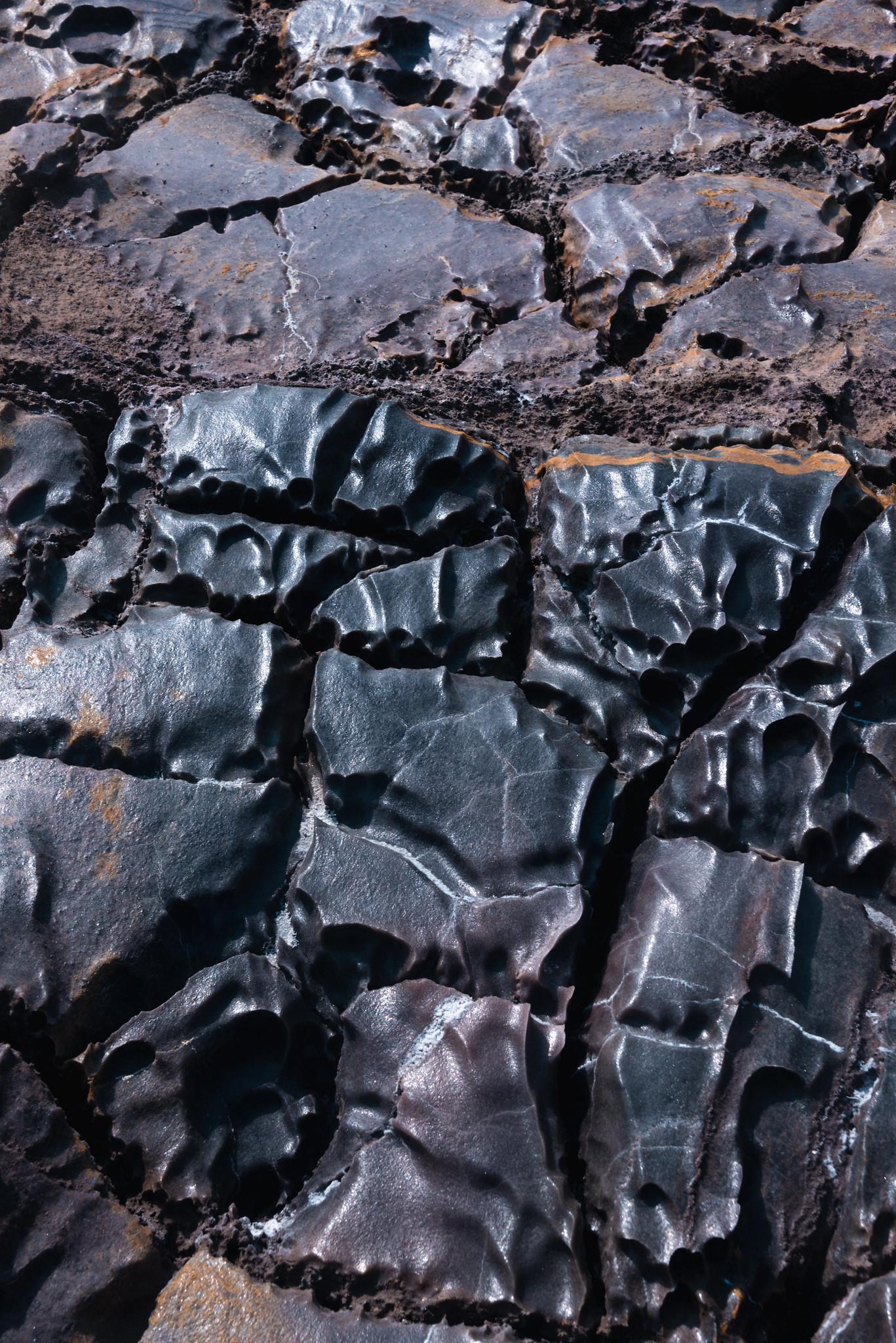
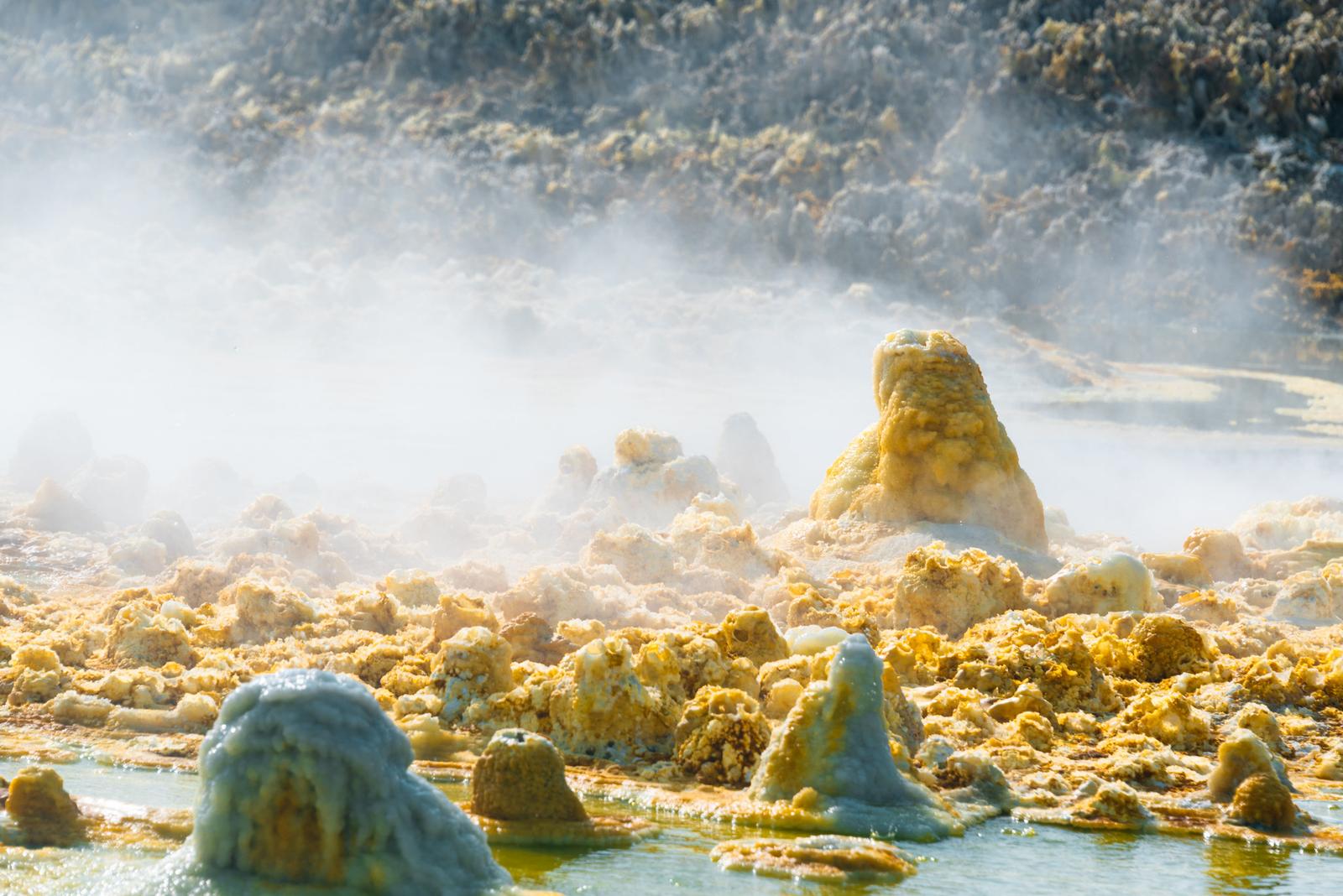
A White Assale
Our van again crossed Assale to return to Hamed Ela camp once more. Expectedly Assale at noon transformed into such a different place: the crystal-clear white color from salt now had the chance to flex its capacities.
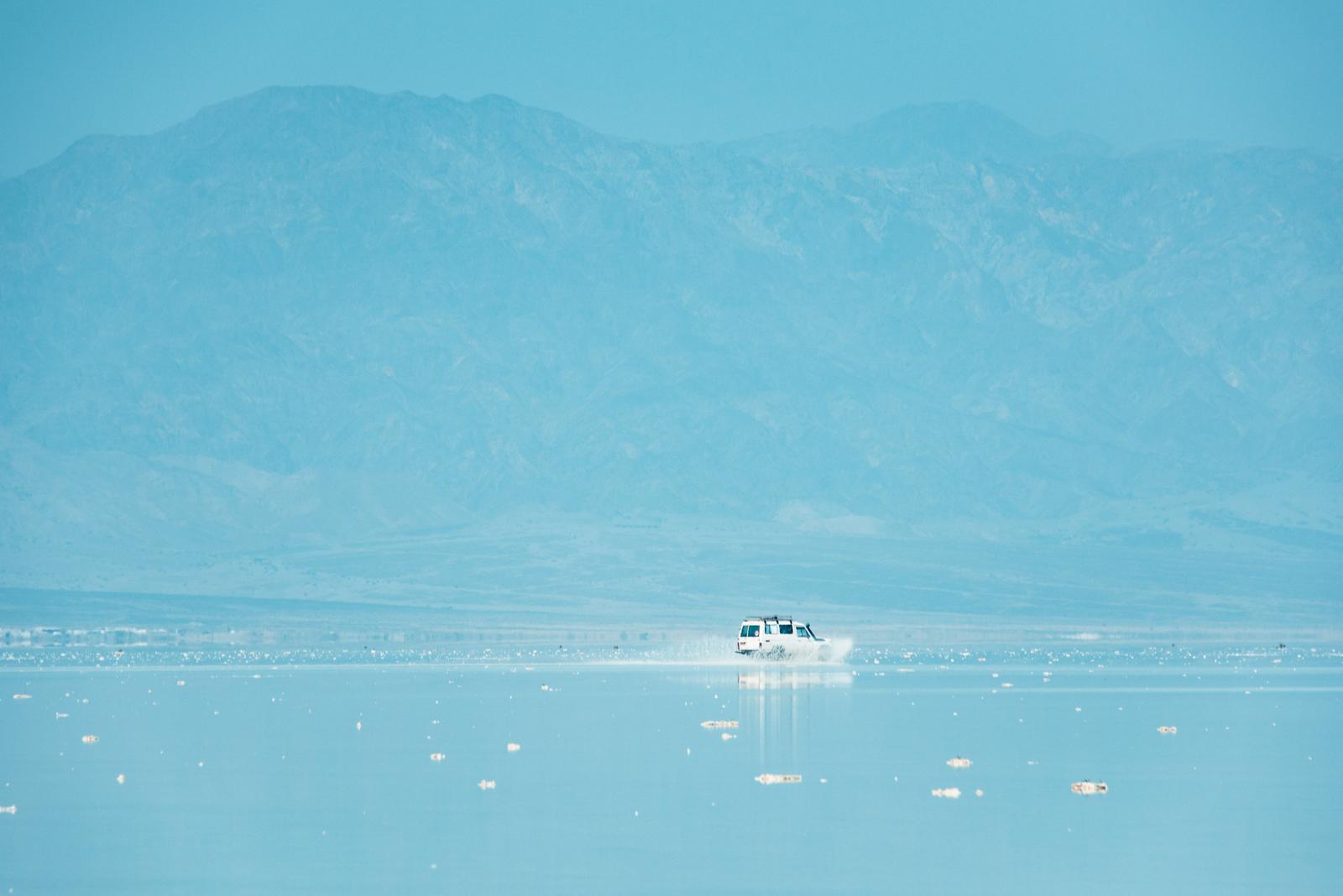
This time everyone had the chance to submerge themselves in the open-air water pond I had mentioned in the previous post. It reflects green hue instead of blue like the typical pool in your house. It’s a surreal swimming pool, surrounded by a sea of white, while the hostile sun overhead is waiting to set you on fire.
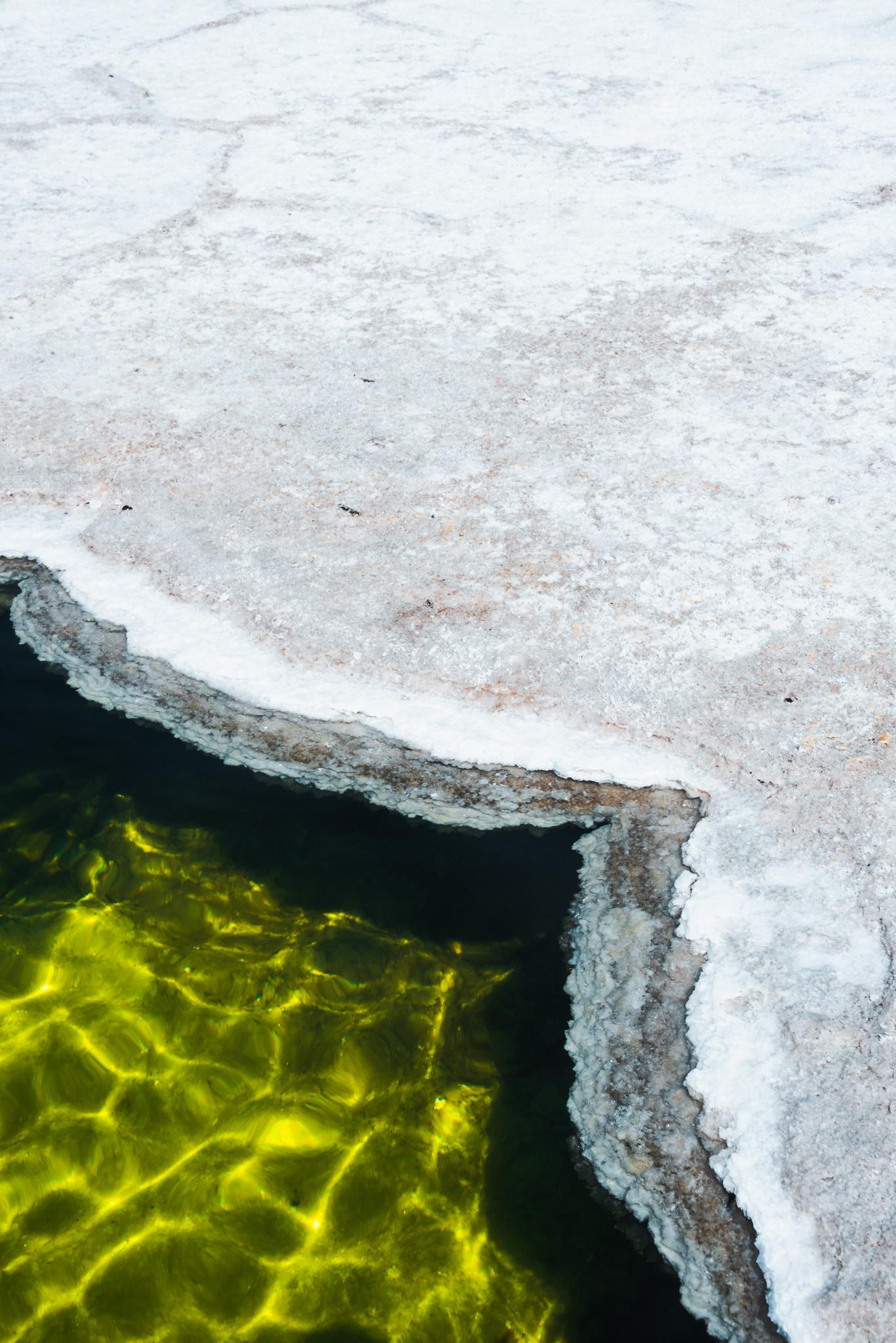

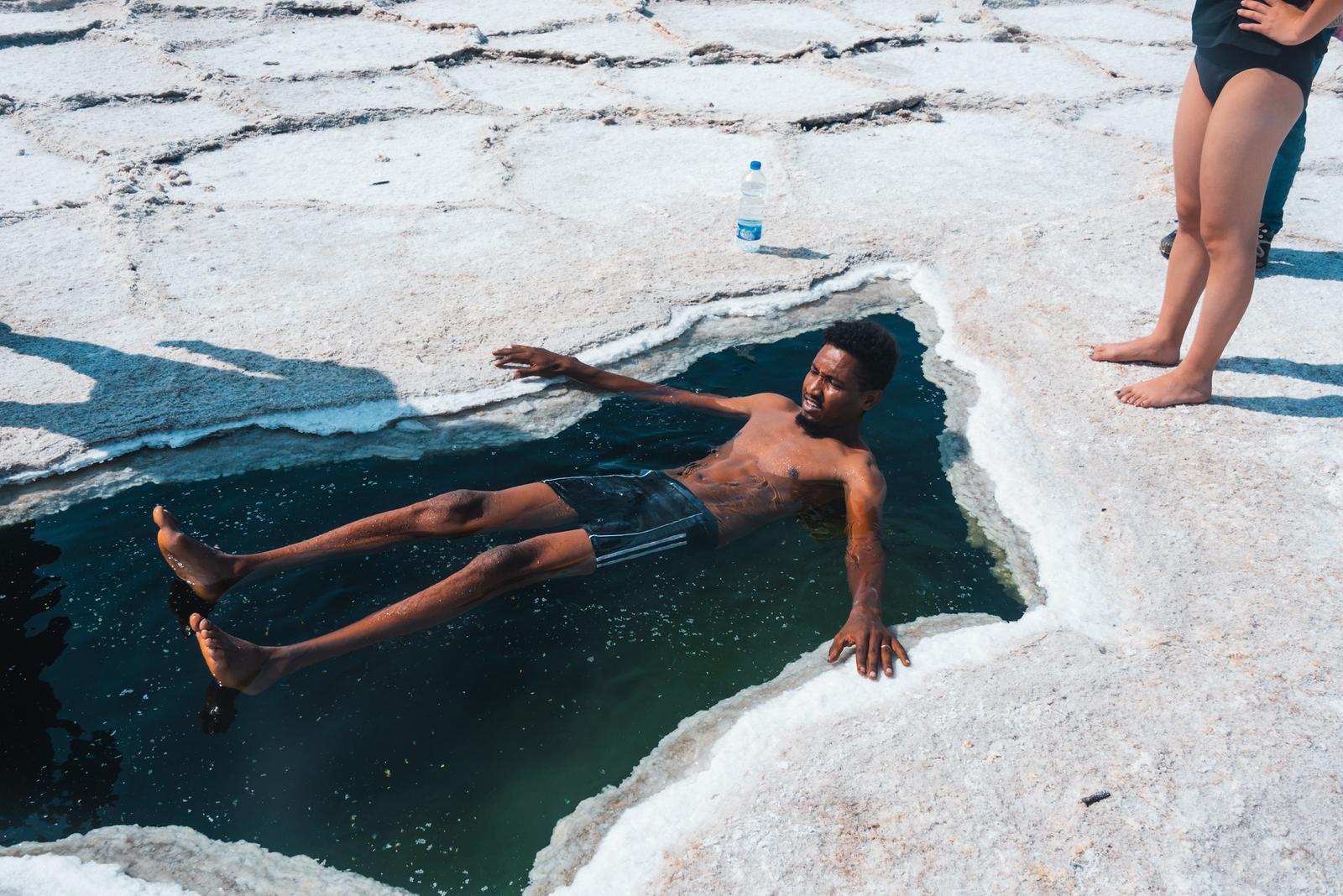

A Noon at the Campsite
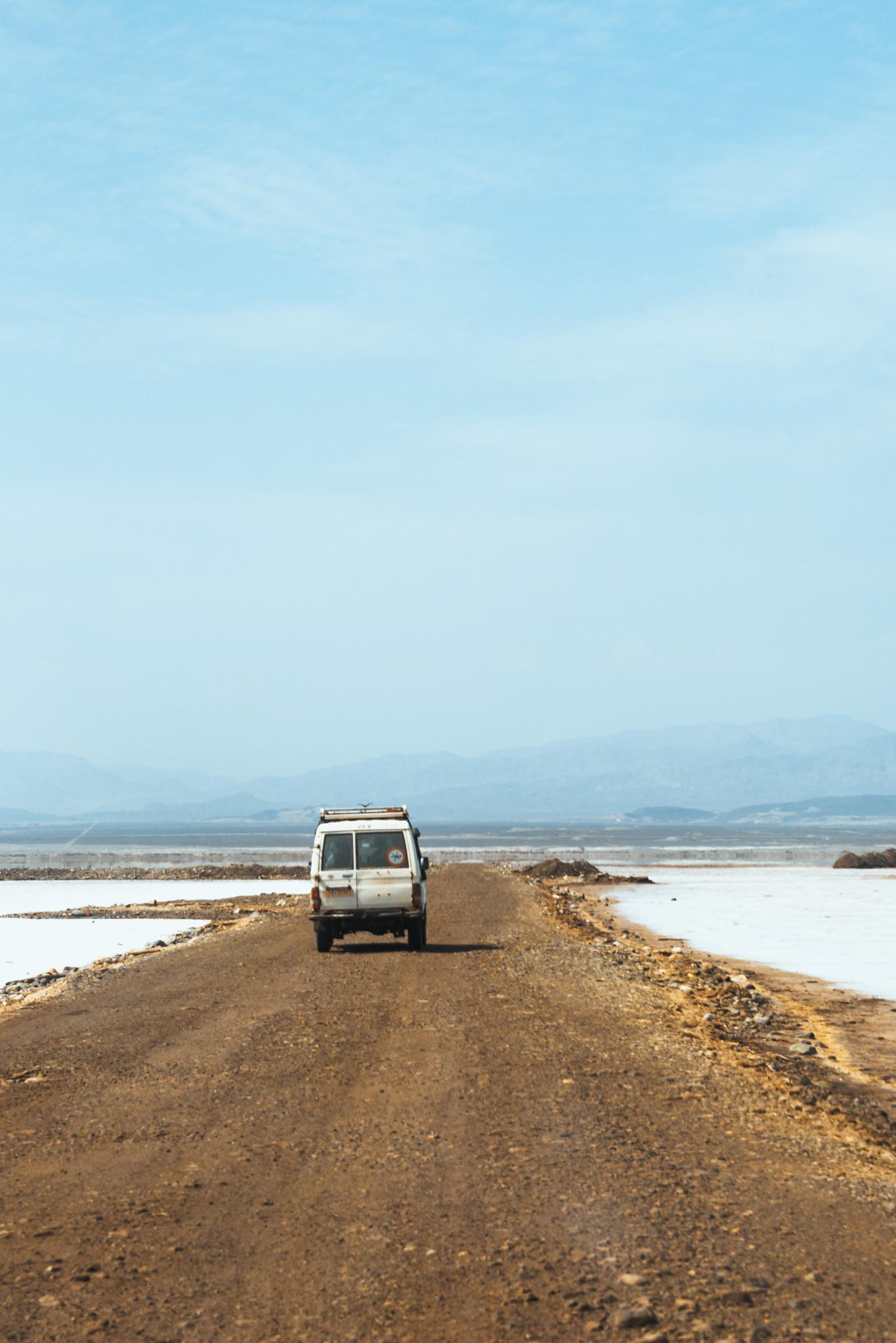
Returned to Hamed Ela, now I could have a chance to see this village clearly as we had only arrived in the dark the night before. Despite located in a remote area, the locals still engaged in various economic activities: women and children collected palm leaves to thatch home roofs, while golden-furred goats roamed and grazed among the rocks. And we couldn’t miss the children loving to hang out with the unfamiliar visitors.
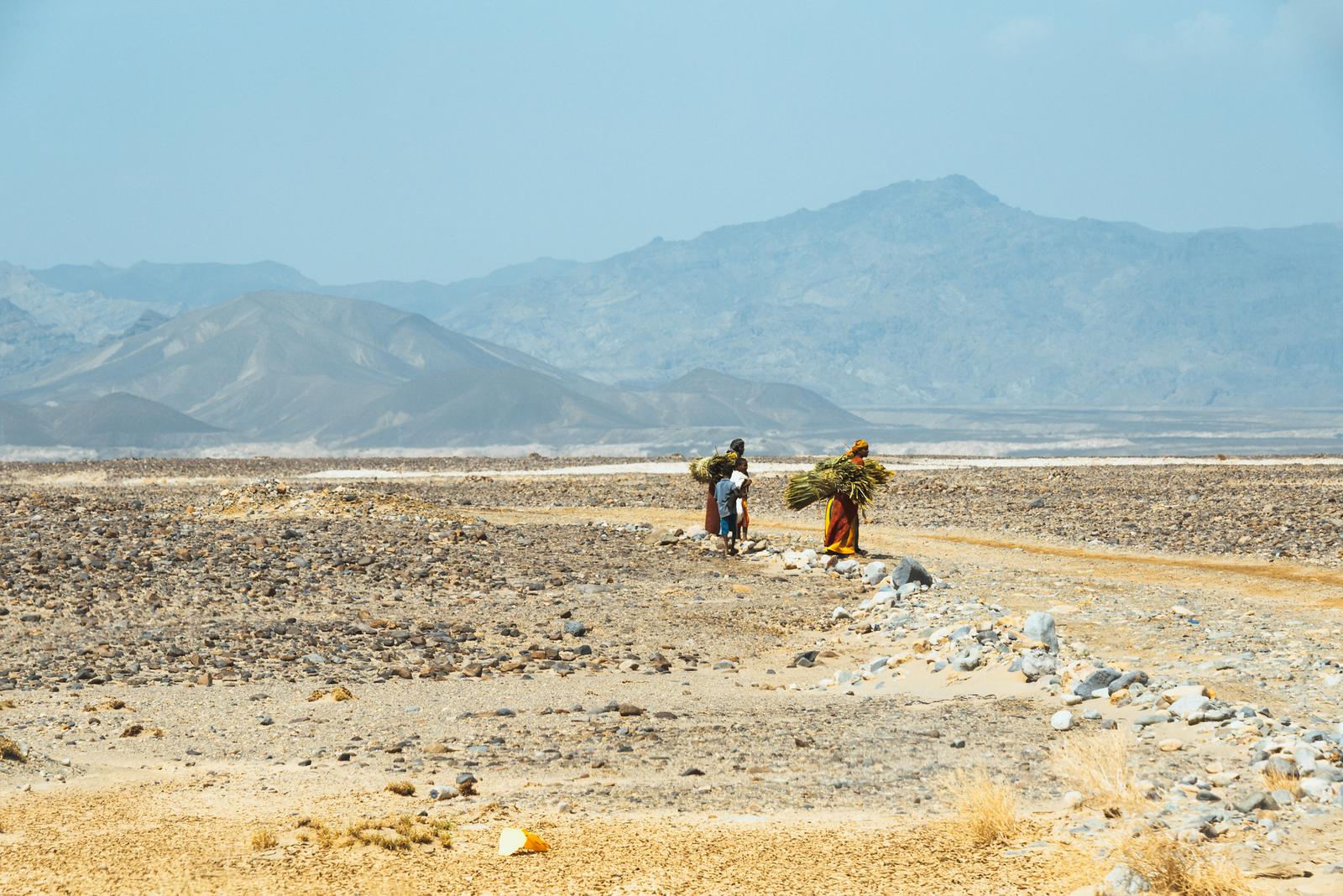



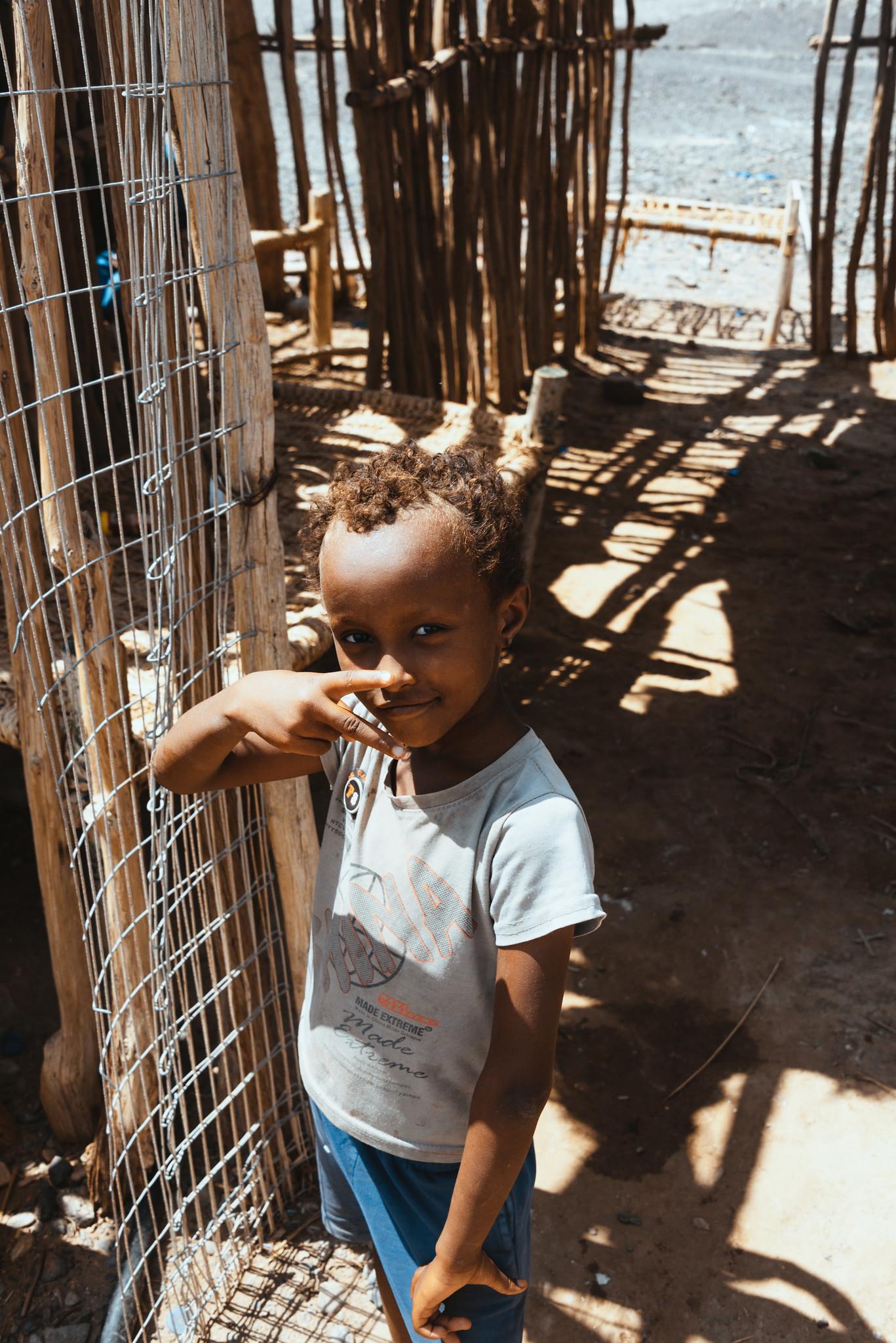
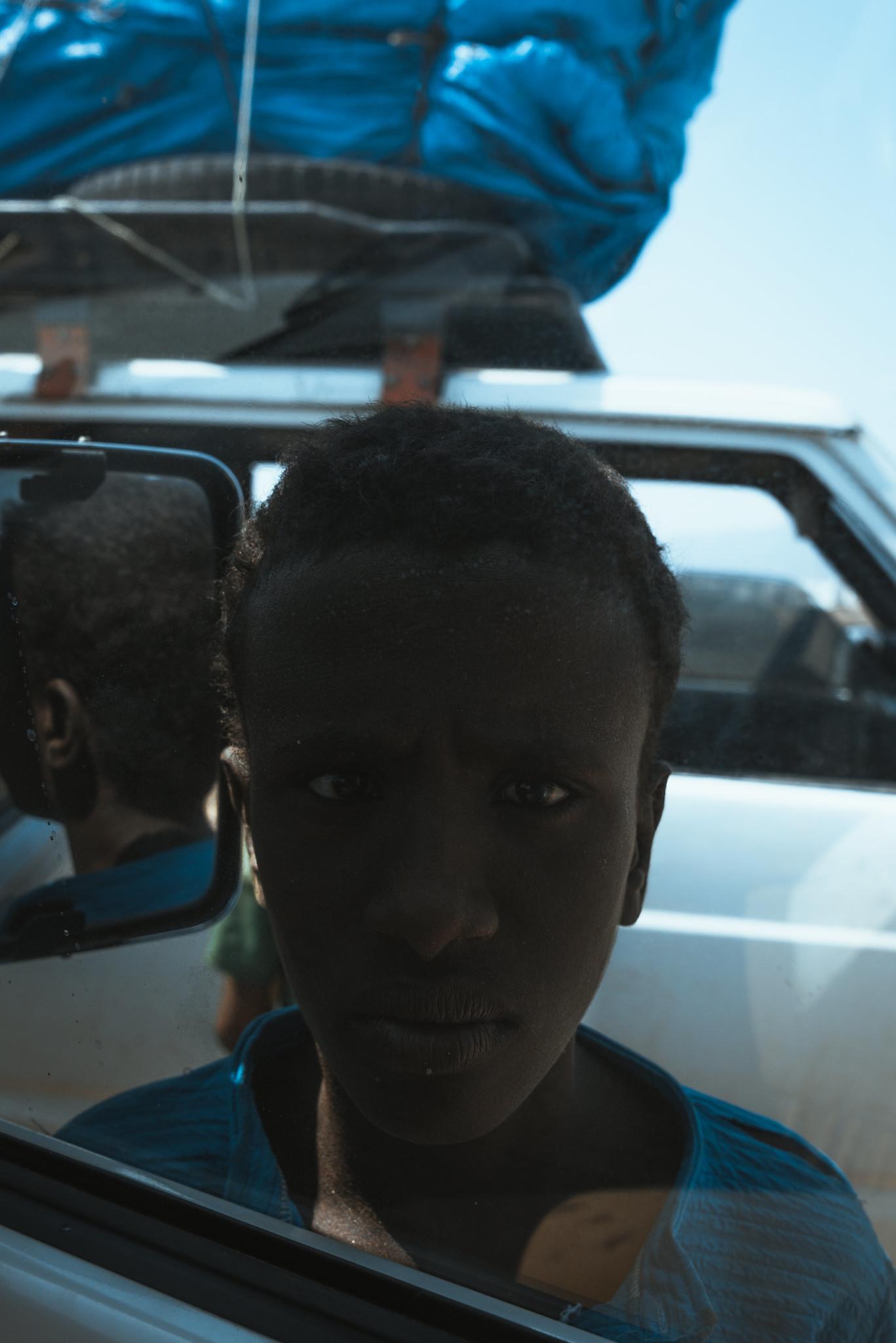

The Black Color on the Road to Erta Ale
Now everyone was ready to embark on the journey to our next target: the Erta Ale (ኤርታሌ) Volcano to the south of Assale. We left at 1pm, but it wasn’t until 4pm that we reached the destination.
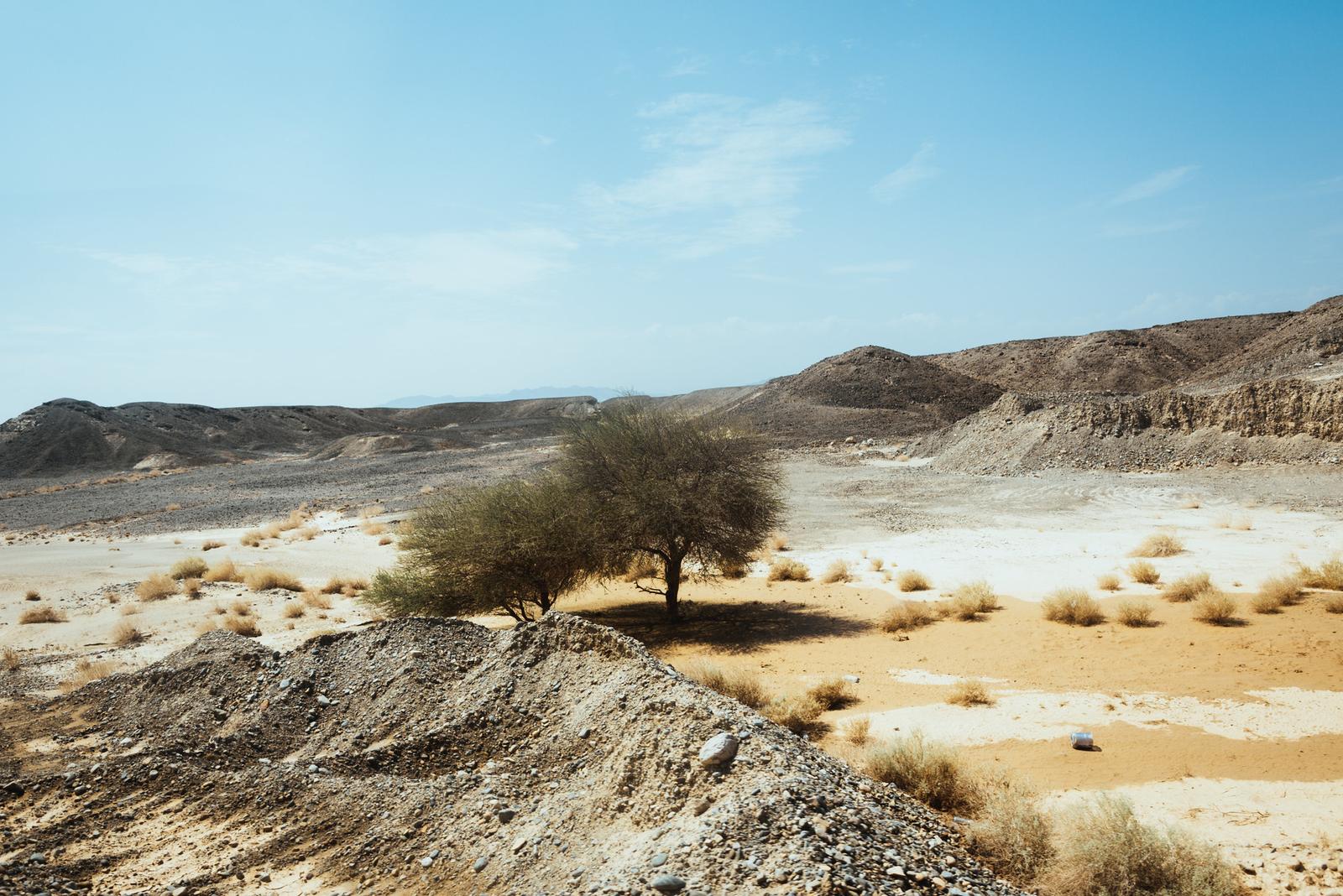
It was three hours commuting with boredom and tiredness. This road, in parts left unfinished and in others merely a trail, was surrounded with the black from lava rocks and totally disconnected from the outside world. This kind of soil appears barren, however, it’s really excellent to be used as fertilizer provided that it can be exported elsewhere.
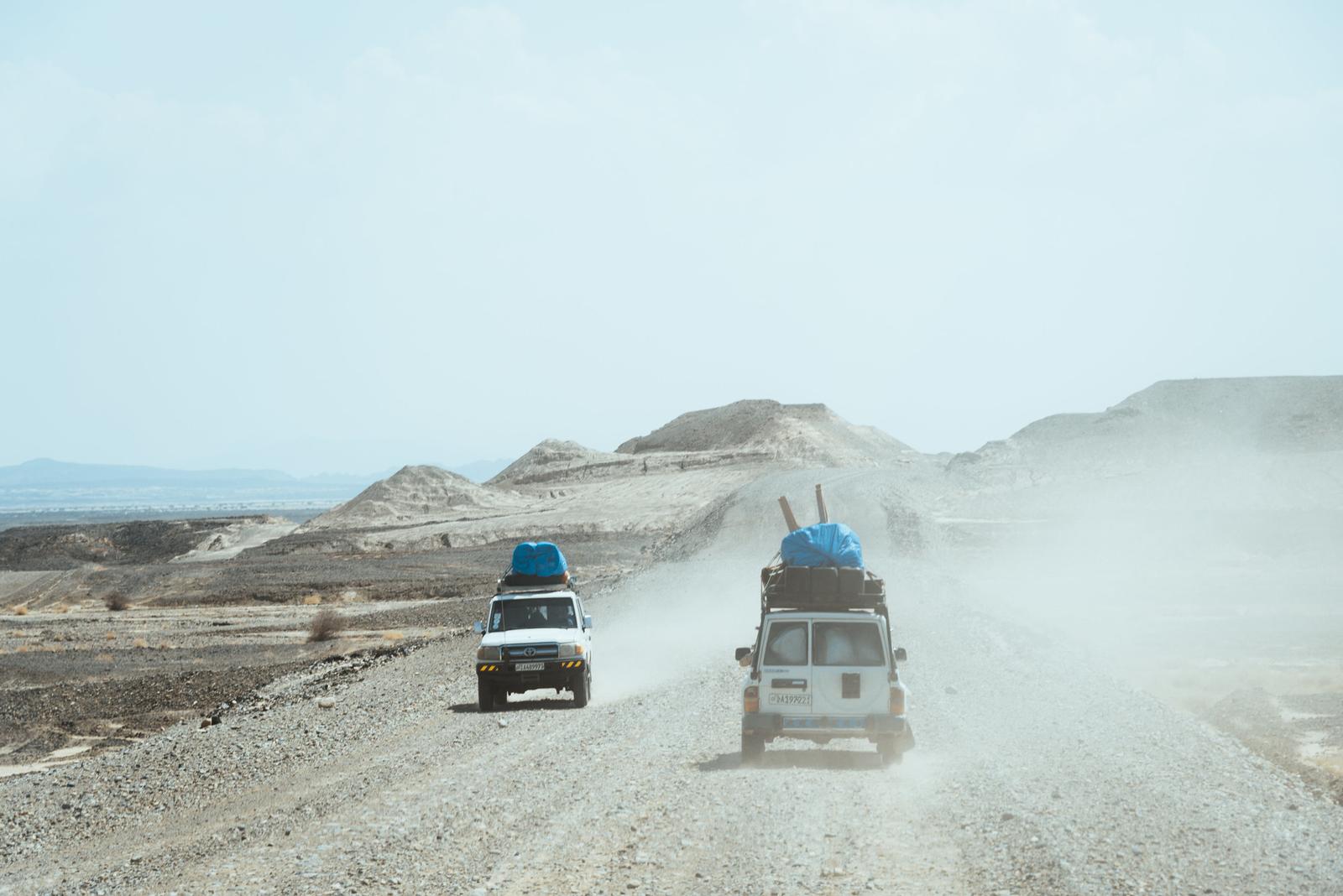
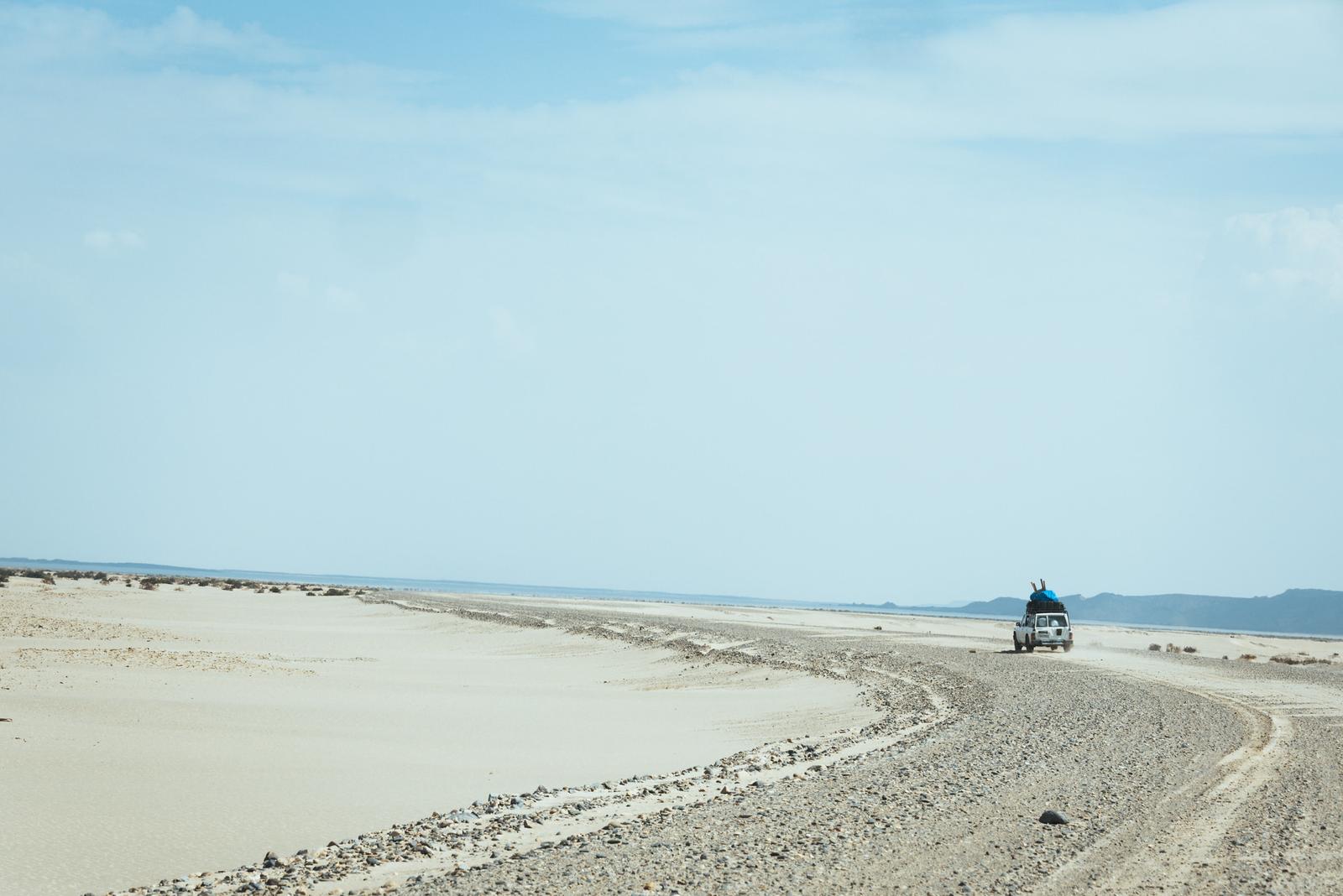
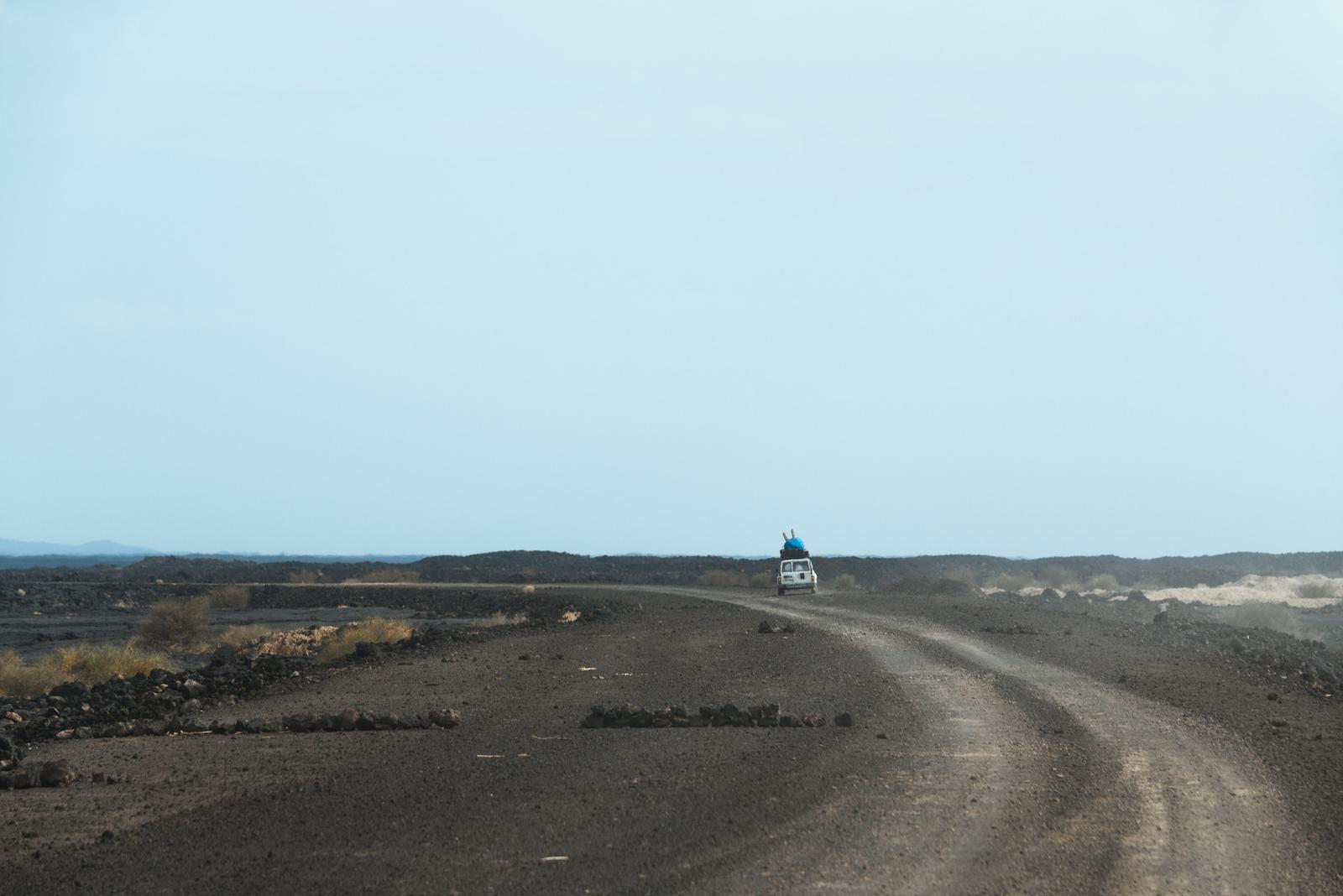
At times our van would traverse a dried up riverbed; here’s the sign: the presence of palm fields and shrubs amidst the desert, where the locals tend to their camels.
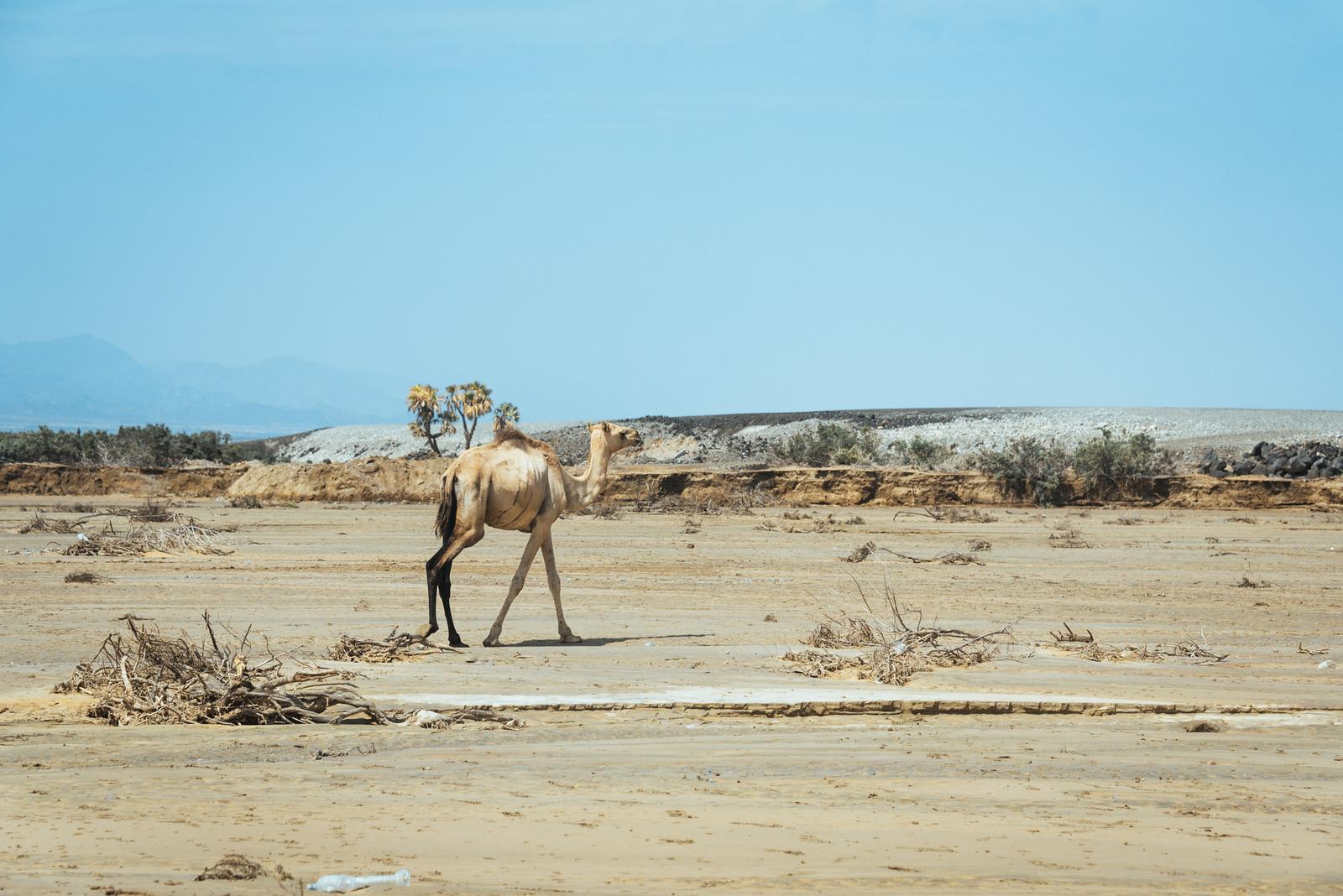
In the midst of the expansive black terrain appeared the yellow dried grass patches and the delicate wildflowers. When the temperature began to drop, it signaled our van had approached Erta Ale. At an elevation of 613m, the climate around the volcano is cooler compared to the surrounding areas.

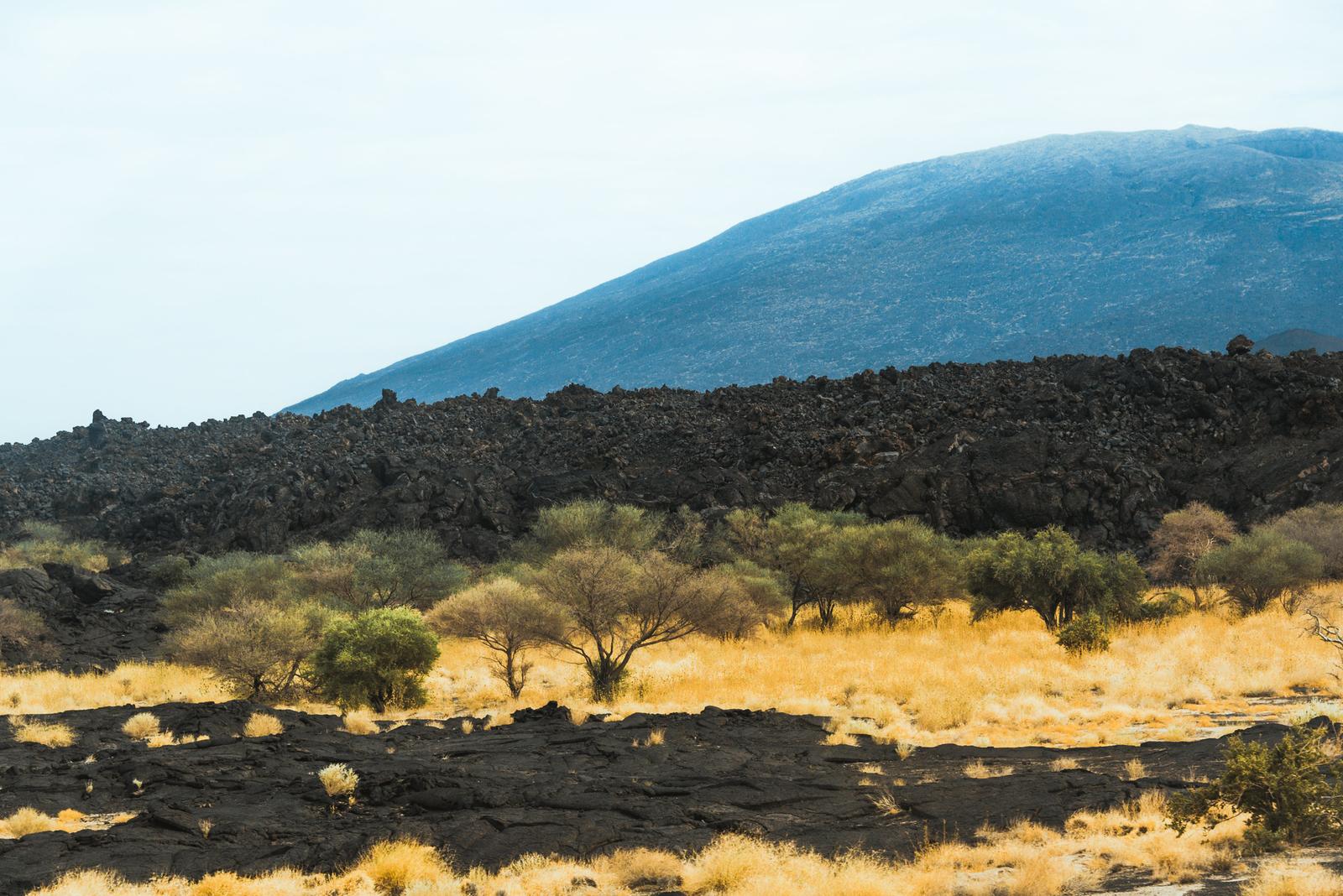
Upon reaching the campsite, I came across the stone-built tent foundations where visitors could spend the night, nevertheless, the guide led us to rest in an uncovered open-air space, perhaps so that everyone could spectate the sky above.
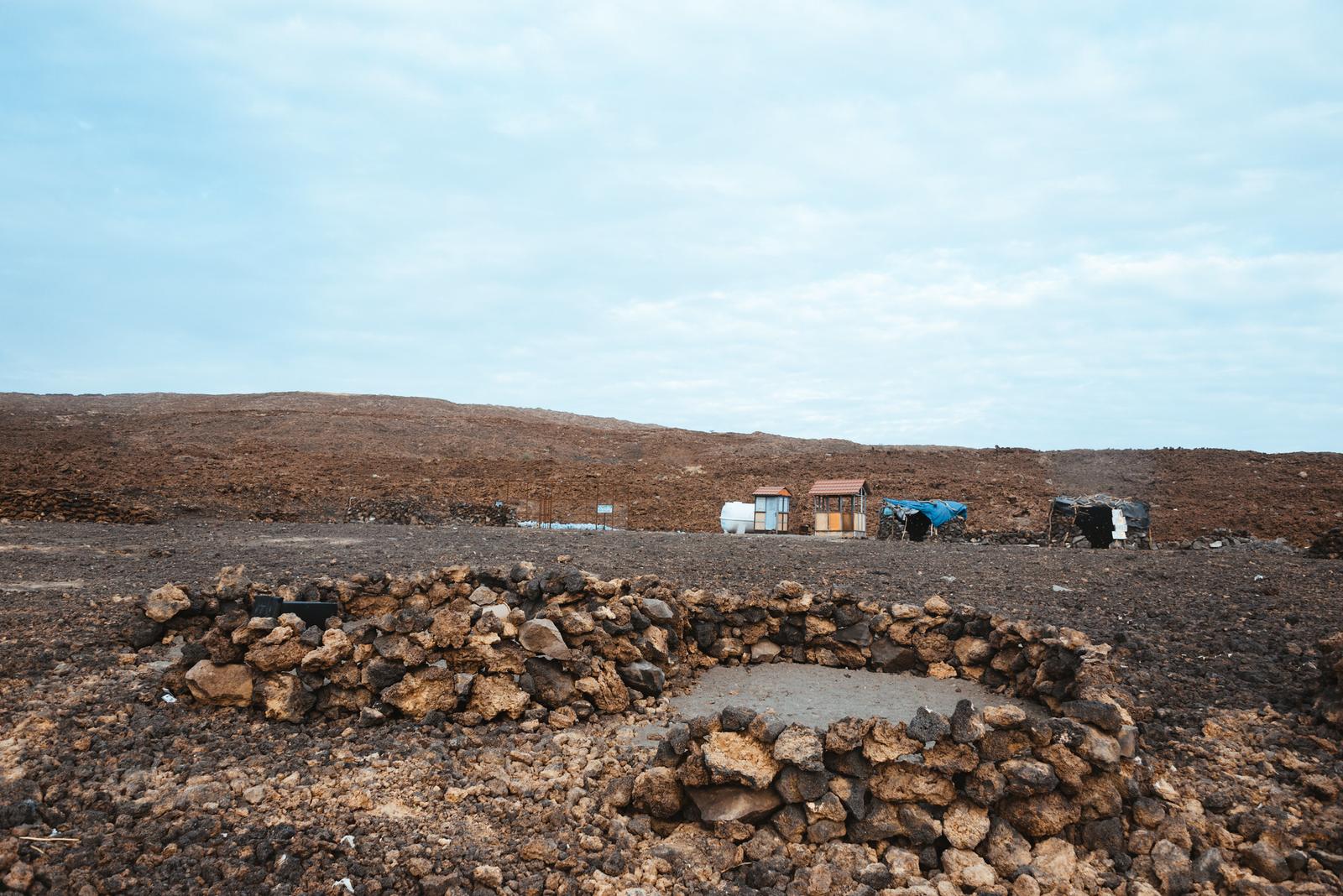
From this position, we could keep our eyes wide open for the distant mountains and the surrounding valleys as twilight settled in.
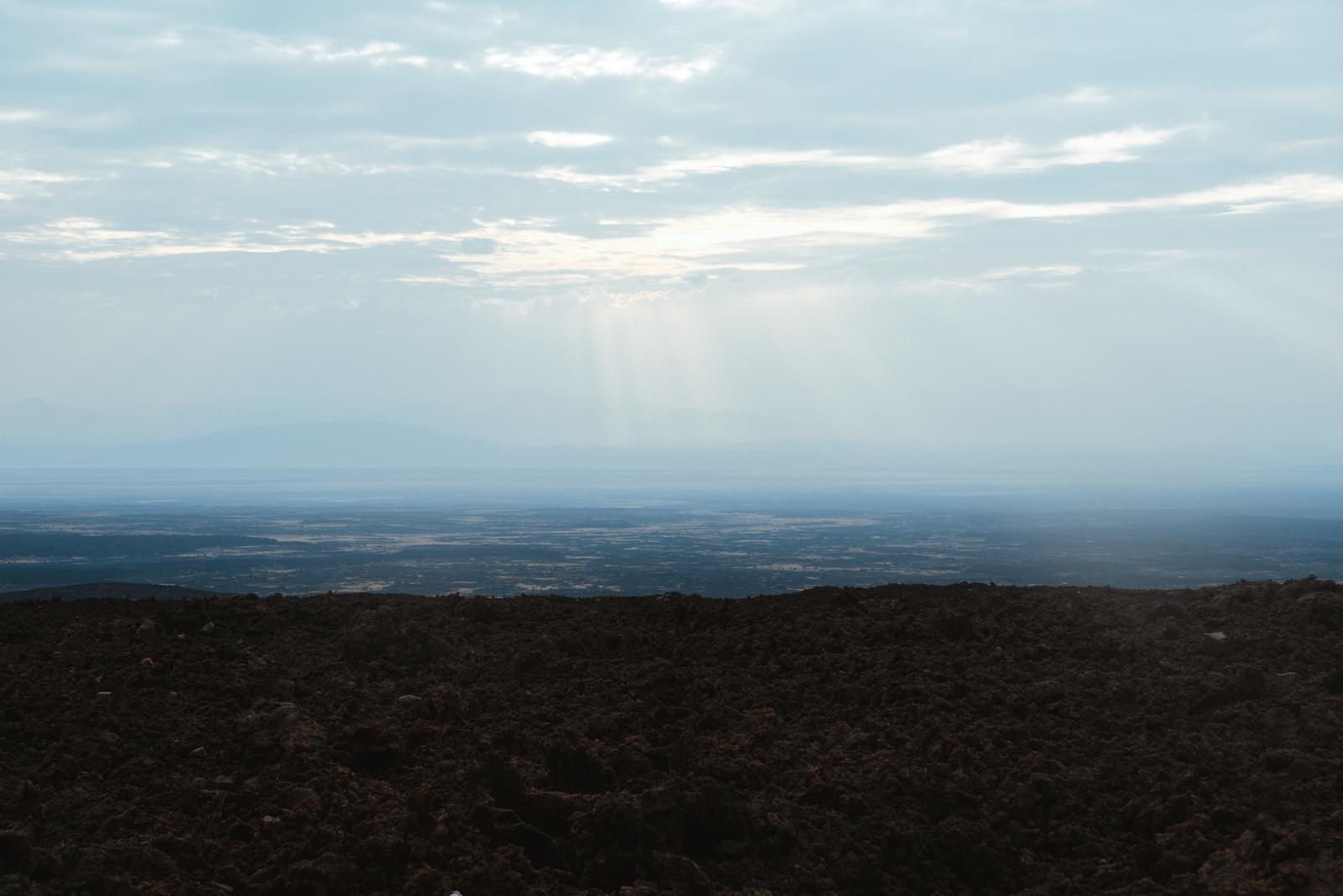
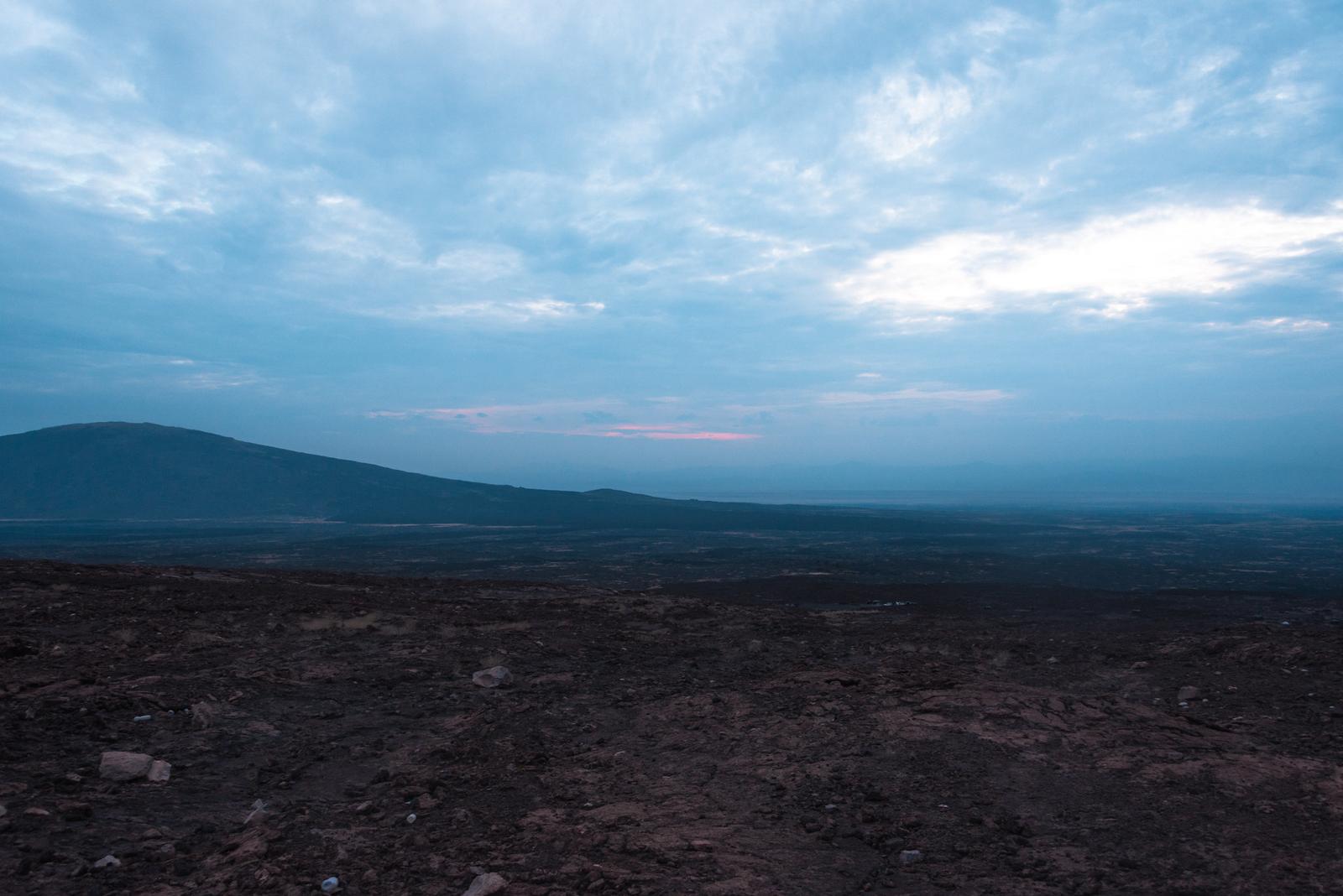
Erta Ale Volcano
When the volcano’s activity intensified, the guide postponed our starting time by half an hour. Volcanic ash is considerably hazardous so visitors should exercise great caution, especially when dealing with the challenges of climbing and dehydration.
My advice is if you find yourself well enough, bring along the tripod and ensure your phone is fully charged to use the LED for illumination. When approaching the caldera, there’s no light except one from the molten lava, which occasionally spits out fiercely with the sound of a blast furnace, then abruptly transitions to a scary silence. Walking on top of the spongy crust of cooled lava isn’t a pleasant experience as you can suddenly slip into sinkholes beneath, and touching the surface gives you a burning and tingling feeling due to the sharp rock fragments piercing your skin.

At the end I only managed to witness the volcano with bare eyes as I didn’t have my tripod with me for long exposure shots. It lacked excitement to observe it from a distance, whereas standing close to it would be hot as hell and we would inhale toxic fumes. The guide promised to take us back for another visit at sunrise, but at that moment I was too fatigued for a prolonged lack of freshening up and proper eating to consider it.
After chilling out watching the volcano in the dark, we carefully navigated our way back to the campsite using LEDs, avoiding the sinkholes and bumpy rocks.
A Starry Night
We literally had a dark dinner, meaning that we ate outdoors in the darkness with a dim light source. Despite not being very convenient, it was a cozy meal, and after that everyone had an opportunity to sample Ethiopian wine, play some group games around the table and chitchat together.
Although we had to sleep with the sky as our tent and the earth as our mat, at Erta Ale the night felt more pleasant than the one at Hamed Ela. The cloudy condition prompted me to sleep early.
However, when I suddenly woke up midnight, the clouds dissipated, revealing an infinite universe above my head. The serene stillness of the surroundings provided a perfect chance for star shooting.
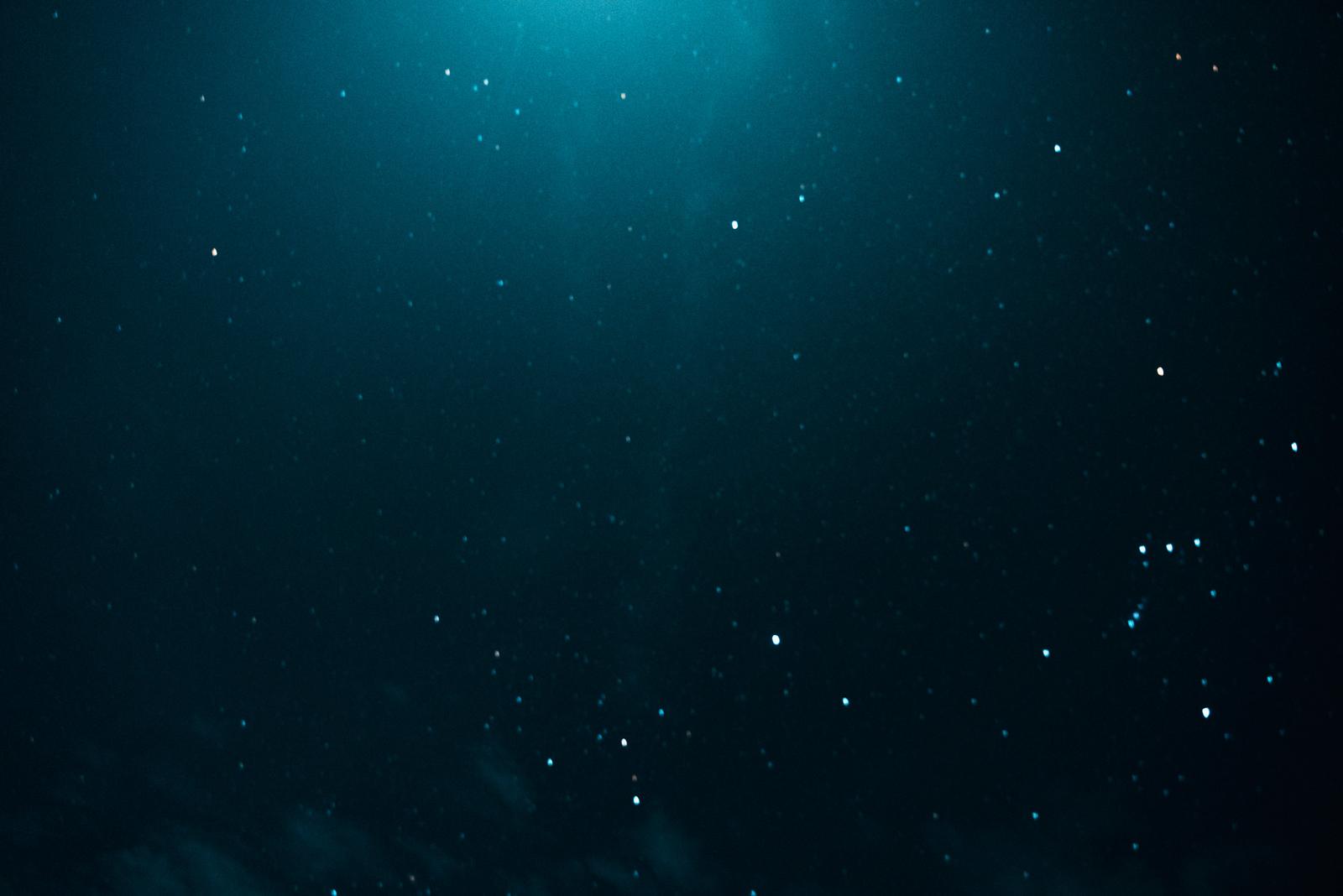
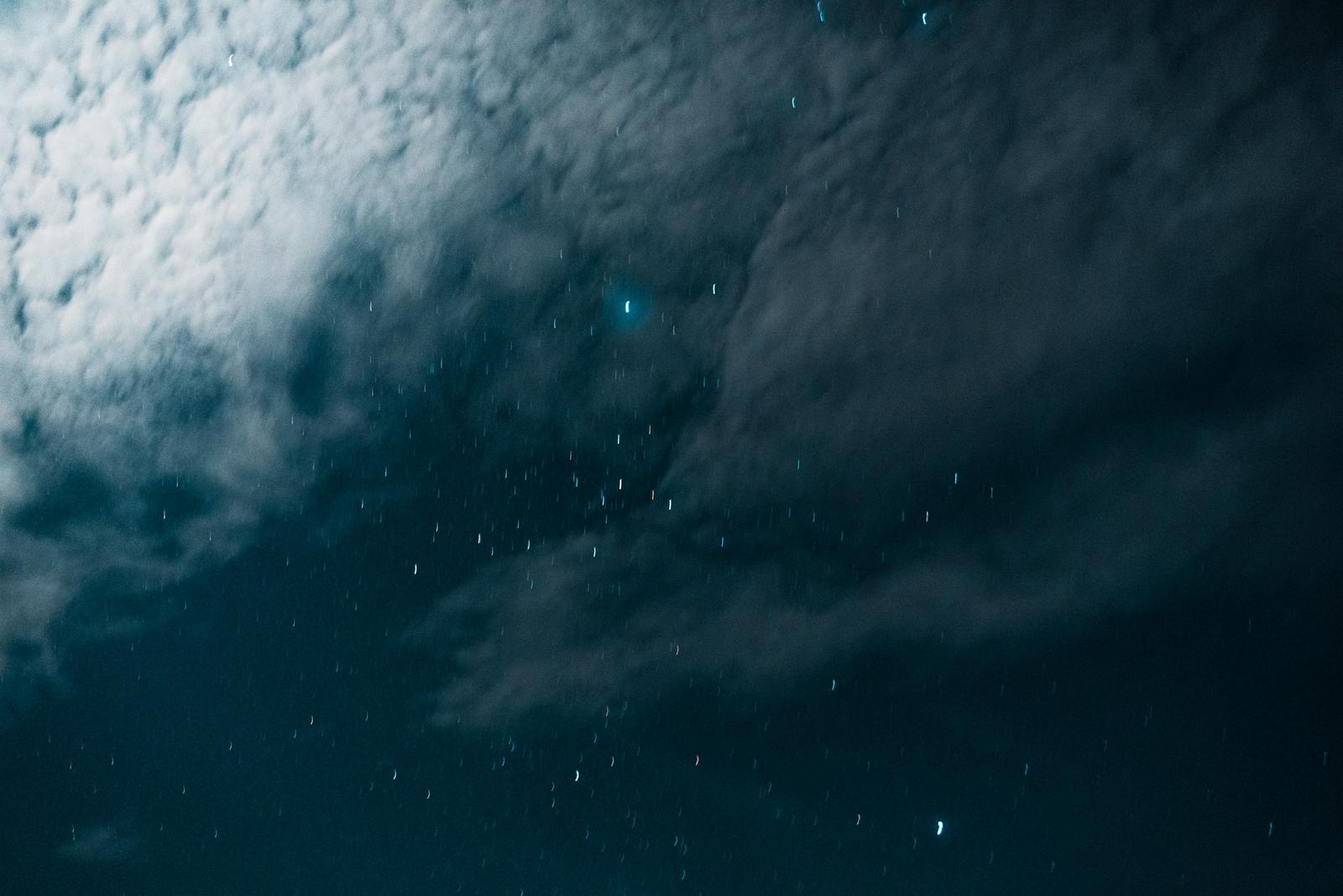
From this spot, while doing a long exposure shot, you can recognize the red light trail emanating from the caldera.

With such kind of shots, a subject on the ground would be a wonderful complement. I’m so pleased with the photos featuring our van, it really made the sky appear more expansive.
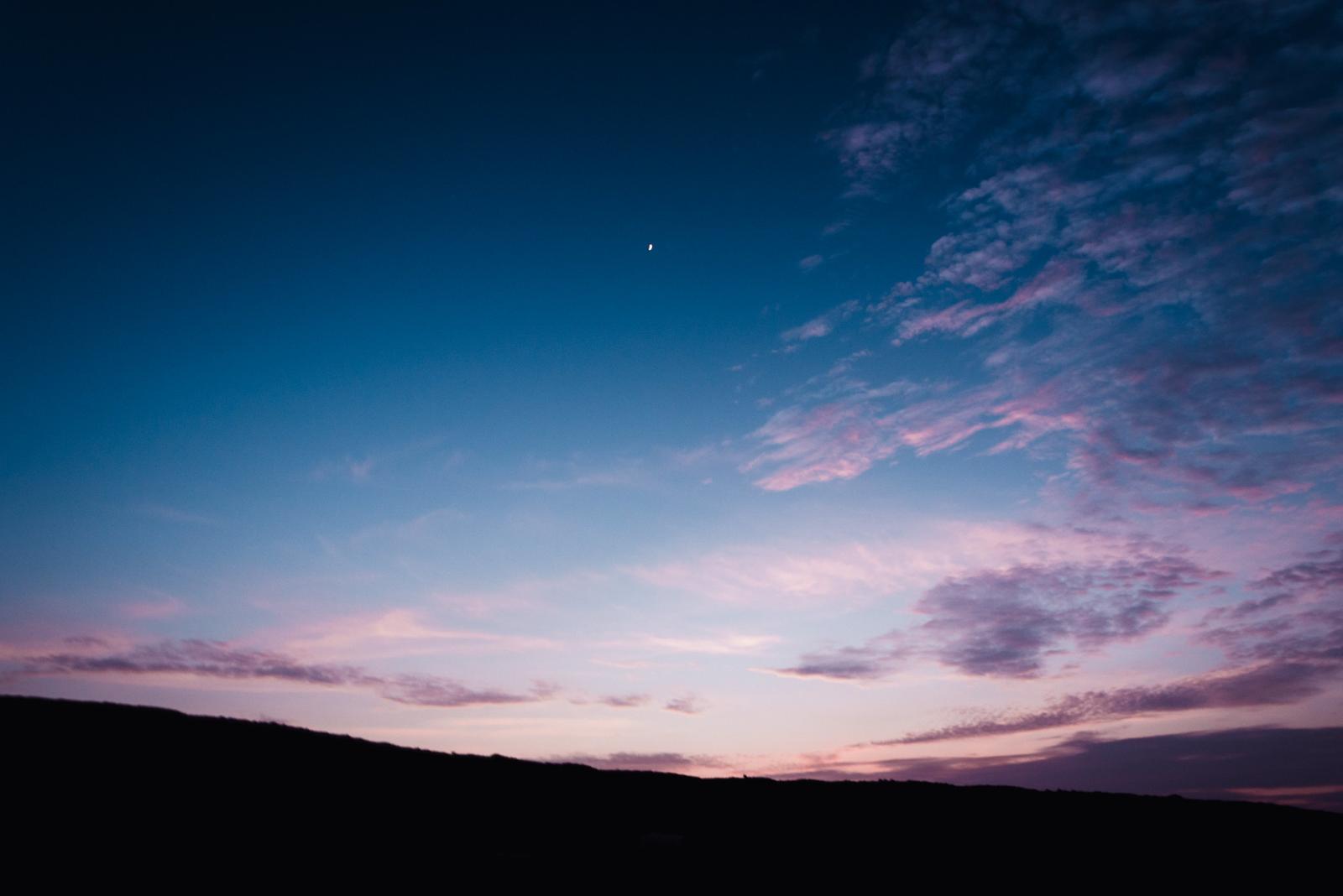
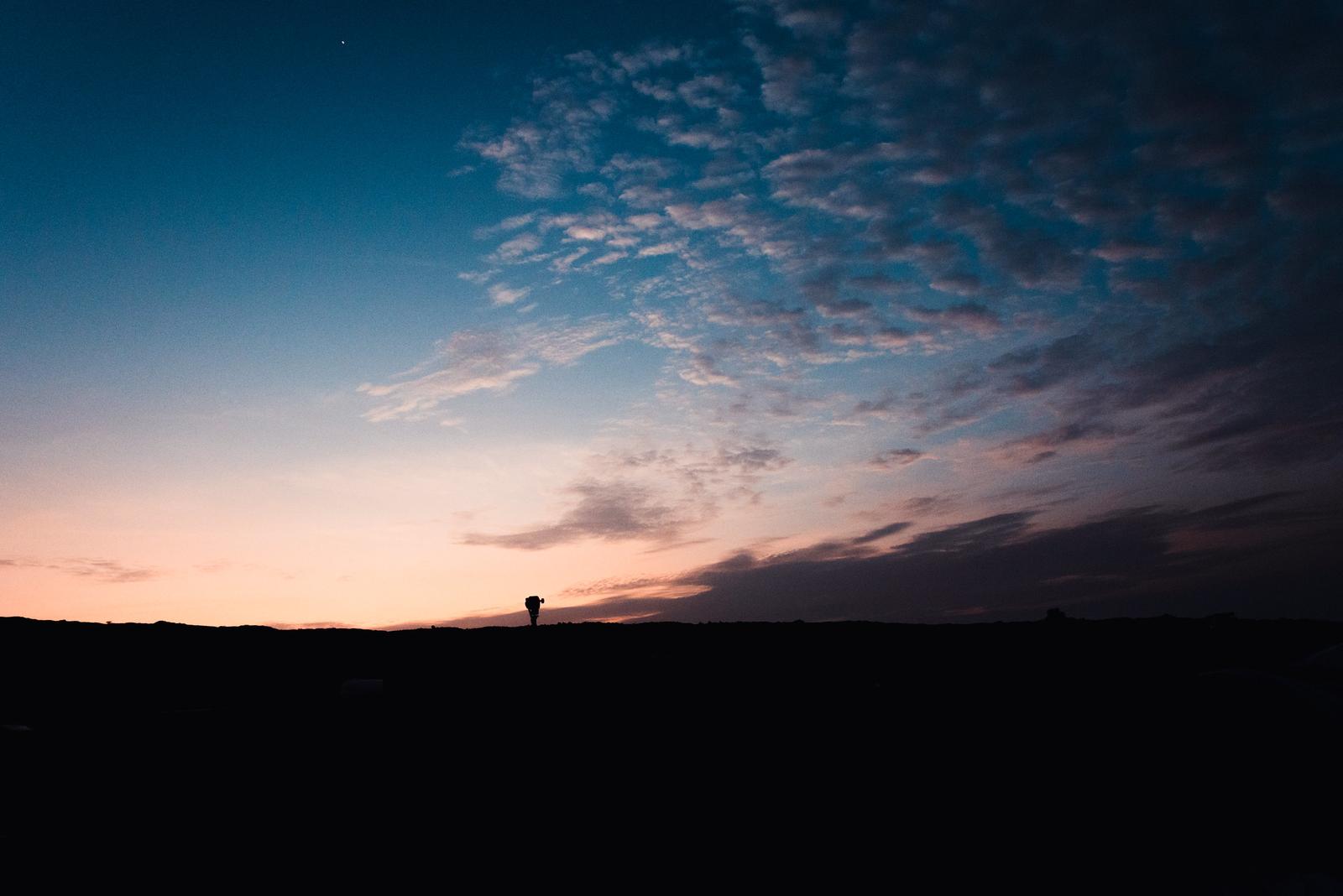
The sunrise emerged over the horizon, wearing a magnificent, pristine look that set it apart from the sunset.

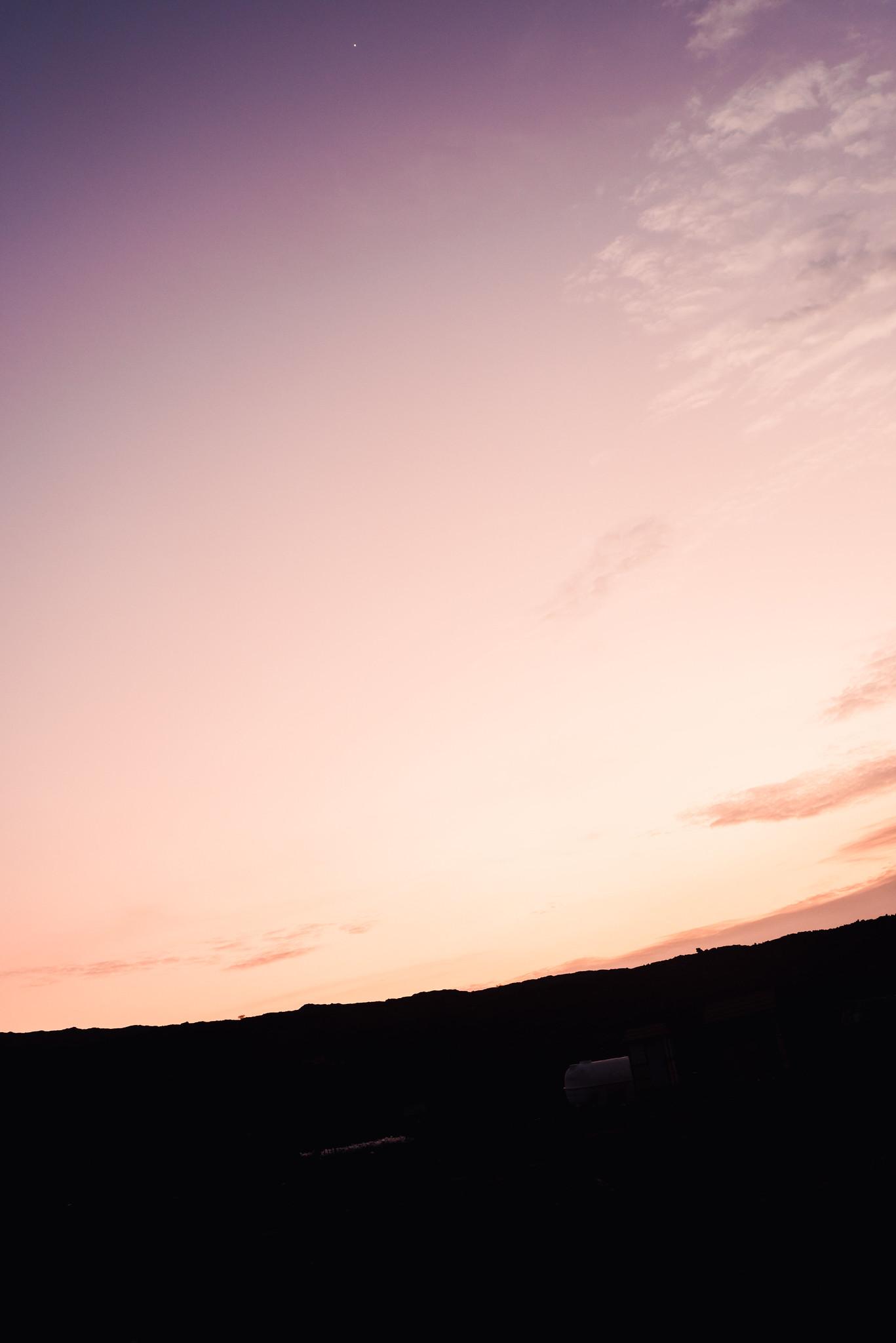

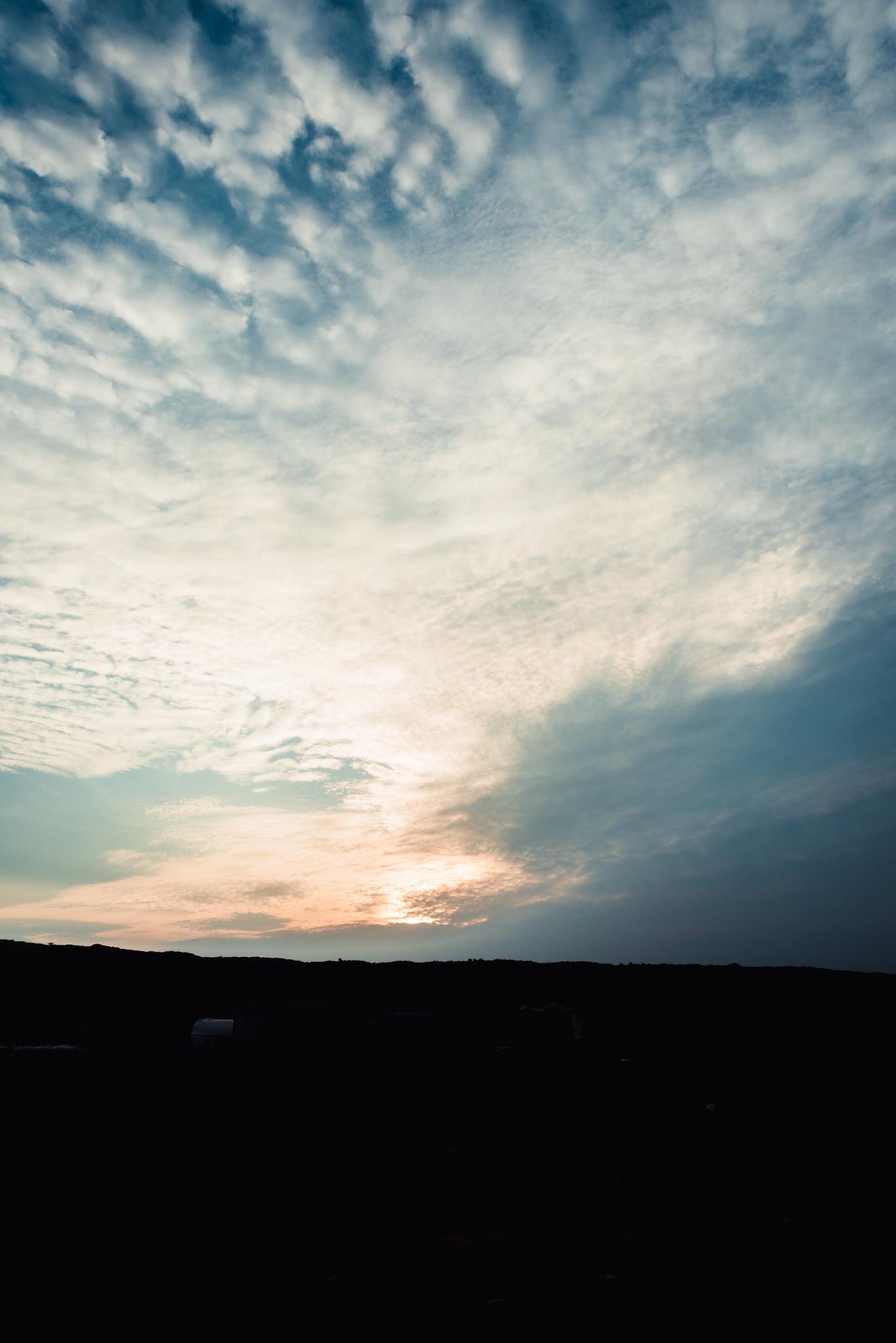
There’s no need to resume my sleep, as stargazing had already brought me to dreams.
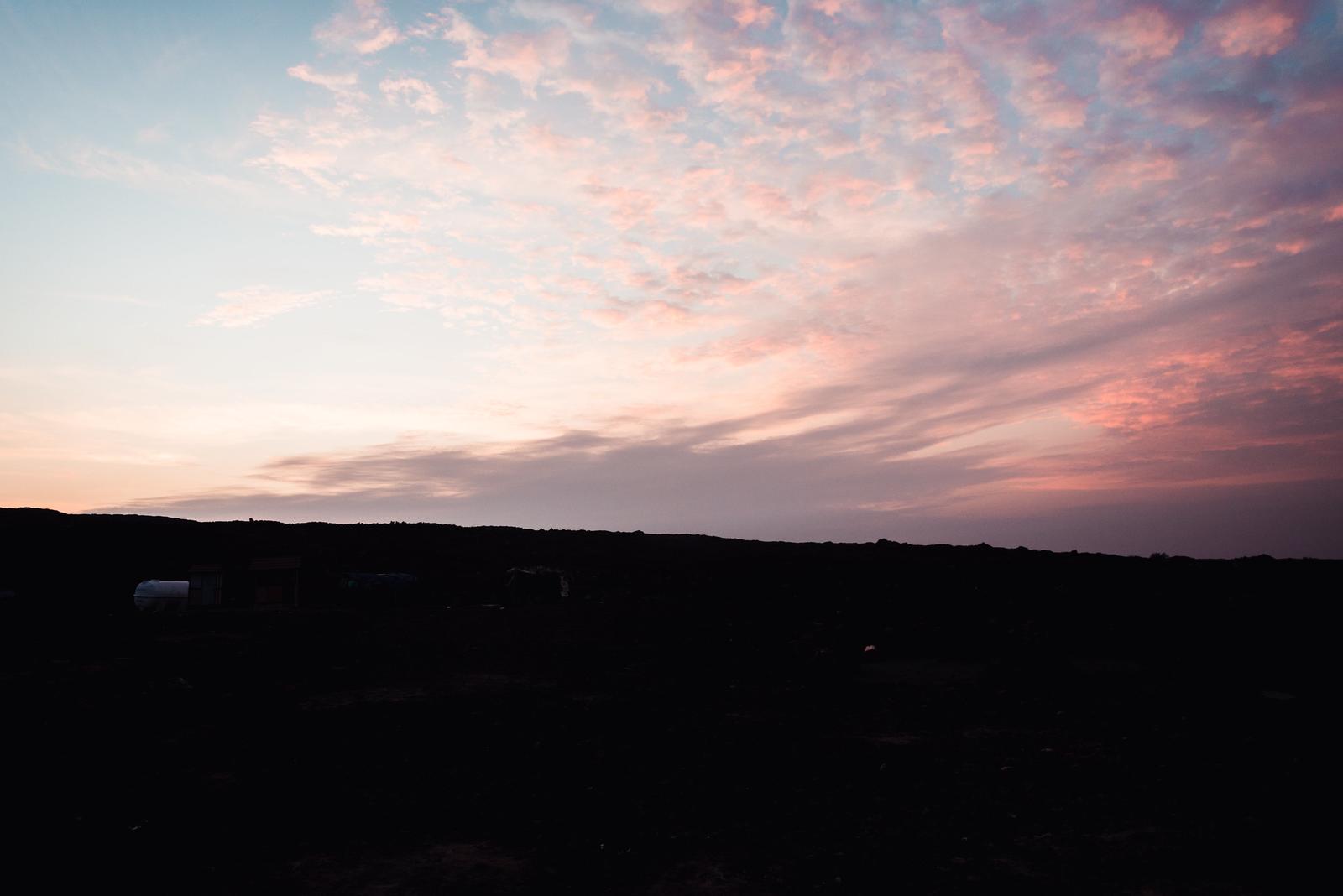
Our limit is the sky.

Comments
This post is a part of the Ethiopia series.
© Zuyet Awarmatik
About
Zuyet Awarmatrip is a subsidiary identity within the personal ecosystem of Zuyet Awarmatik, focusing on travel and photography.
A Vietnamese usually regarding himself as a carefree solo Eastern backpacker, alongside with his main profession as a UX engineer. Neither being a freelancer nor a digital nomad, this website is built for the purpose of recording his life experience and happenings instead of letting them go into oblivion. He hopes these photos here shall always deliver the colorfulness of this worldly reality.
It puzzled me why that night was so tranquil despite being in the middle of nowhere, without any fear or anxiety.

